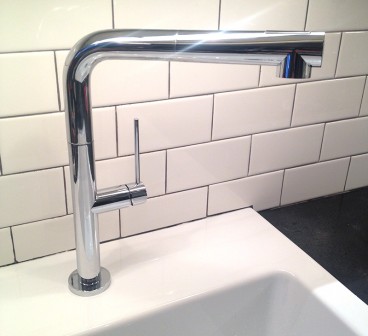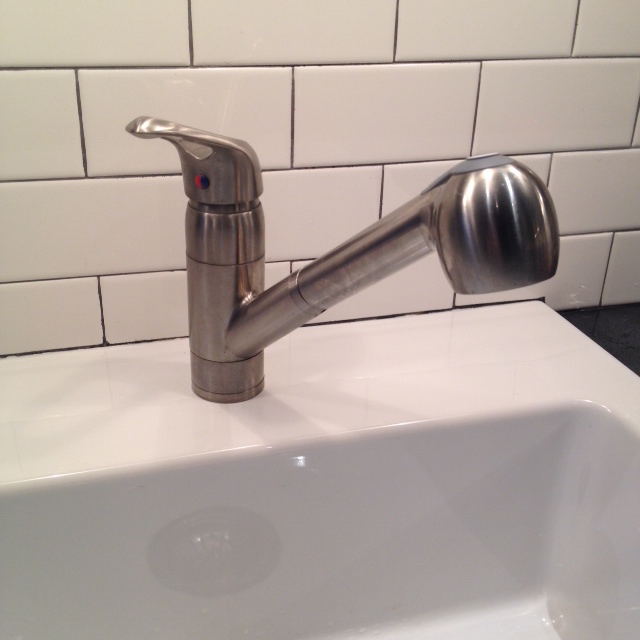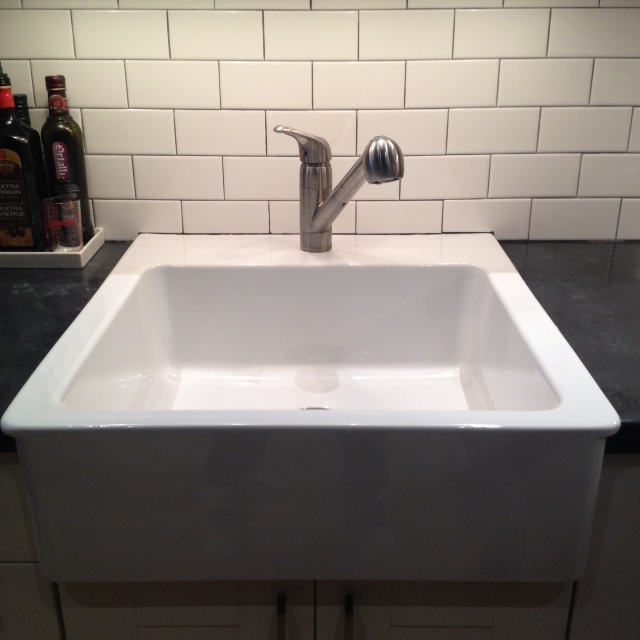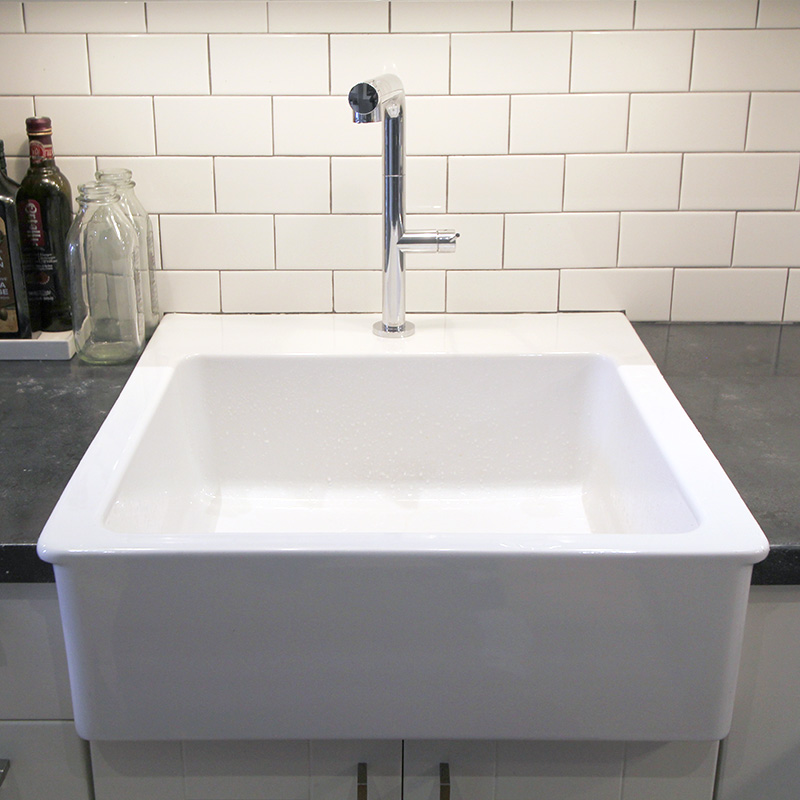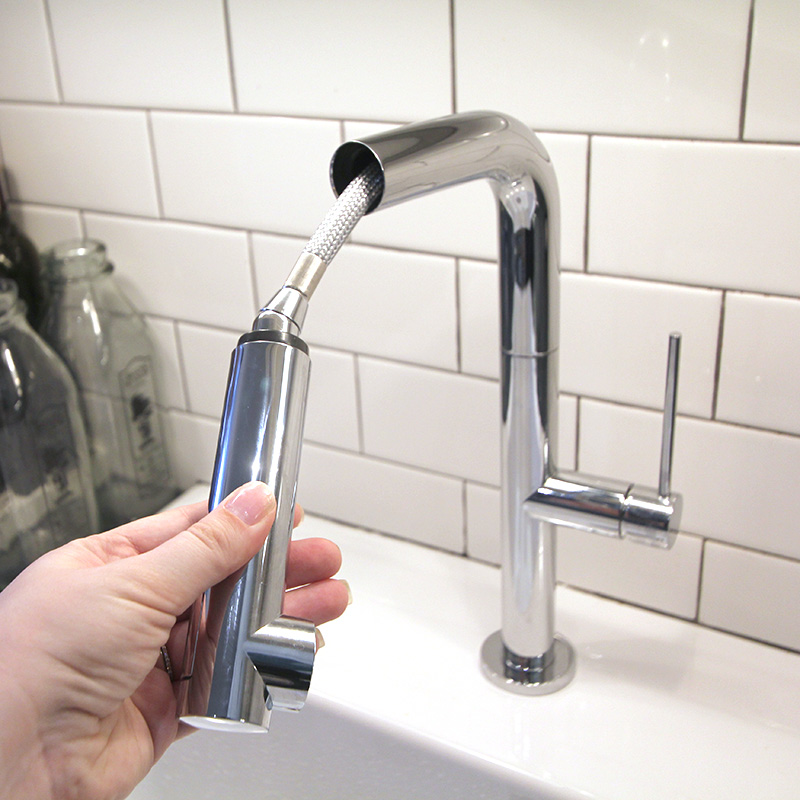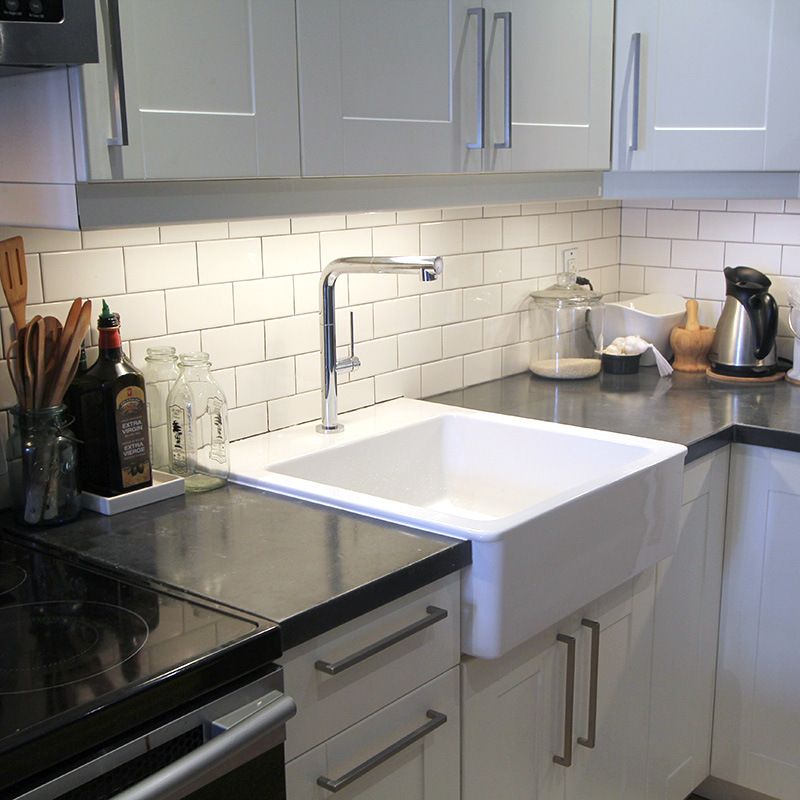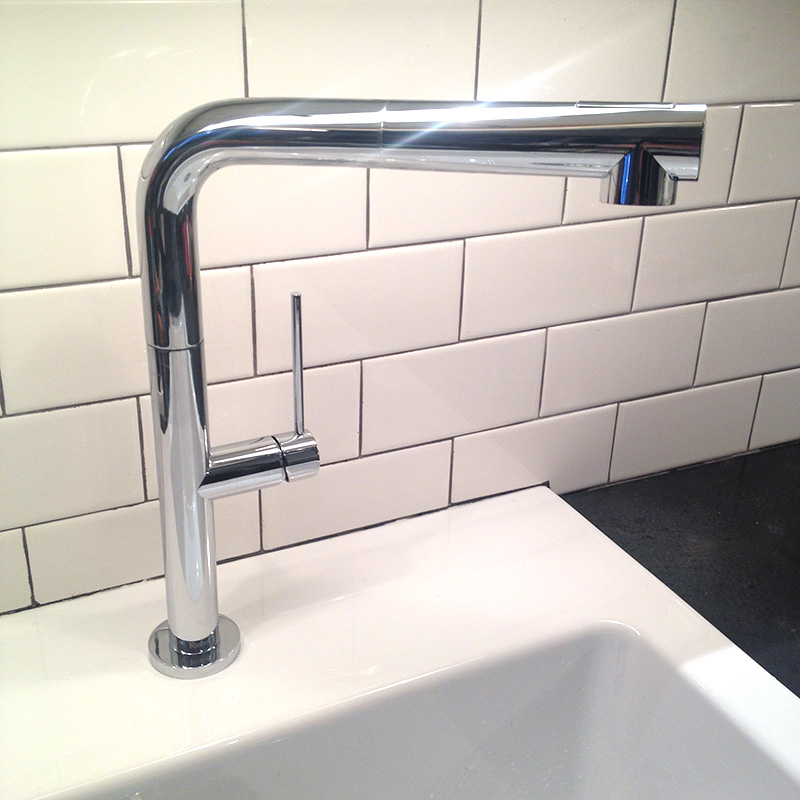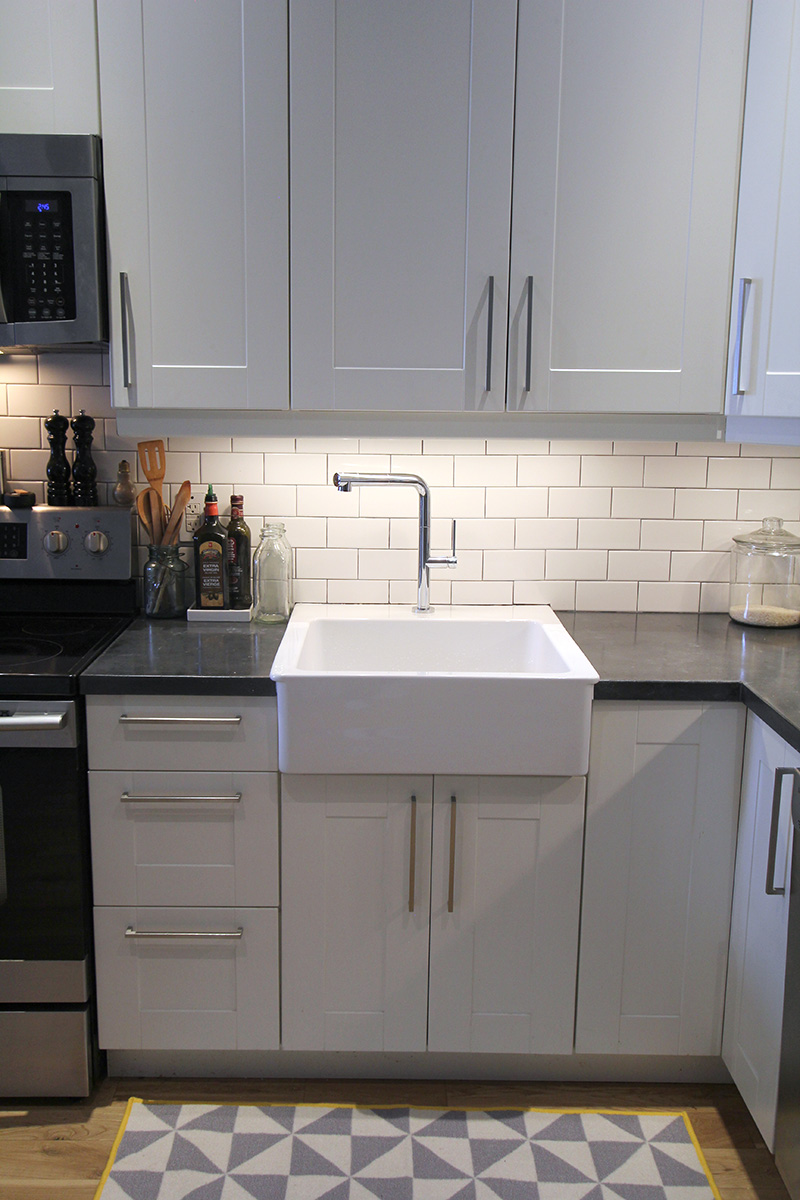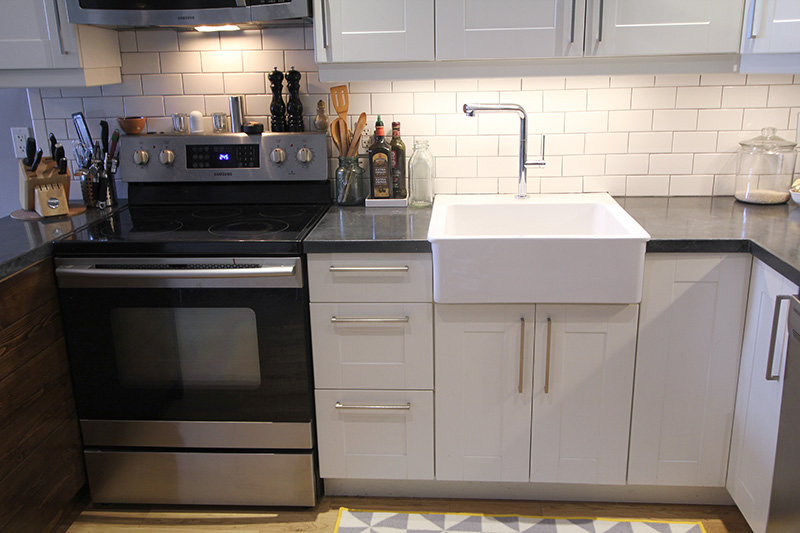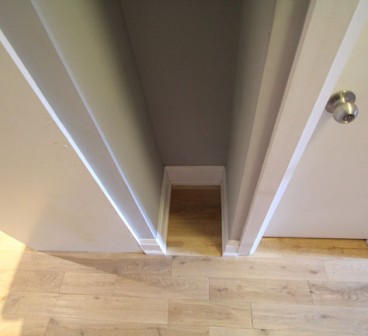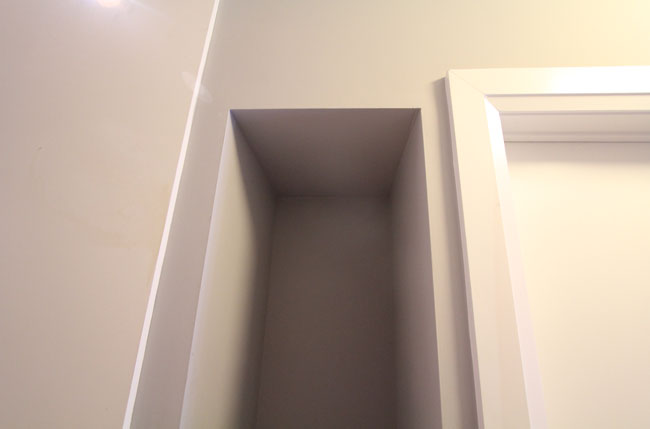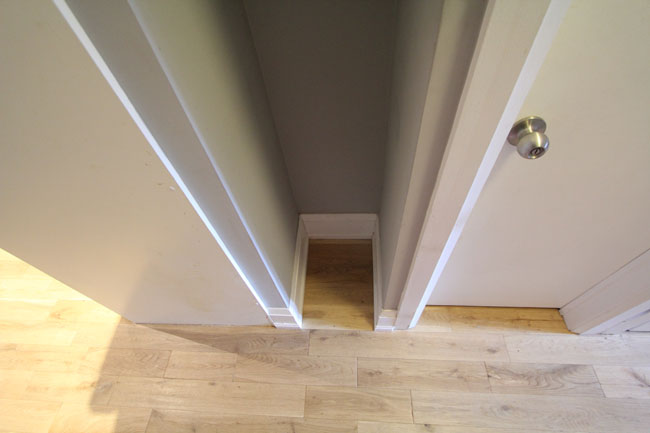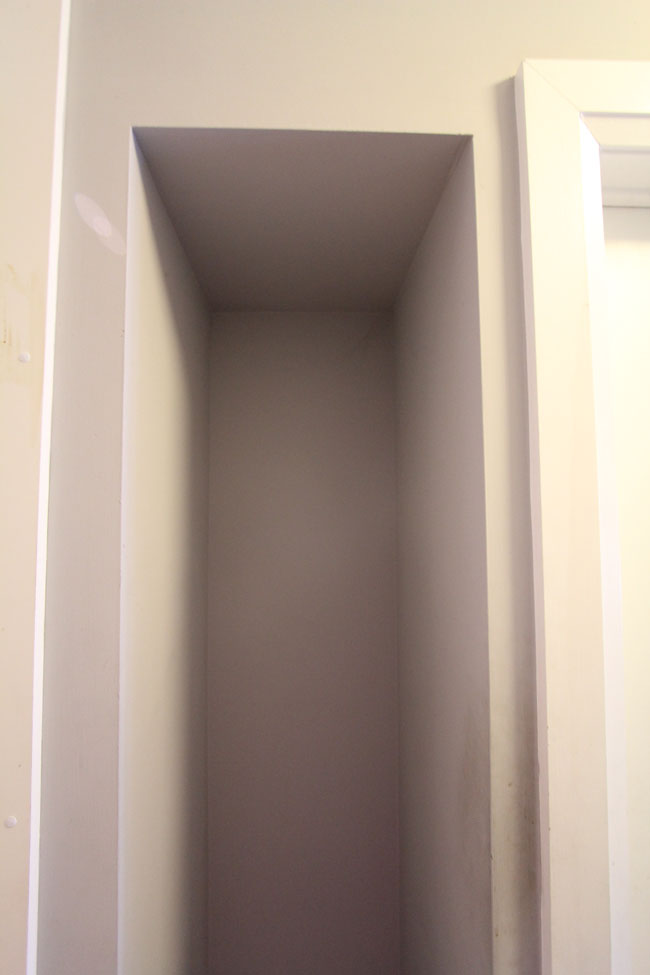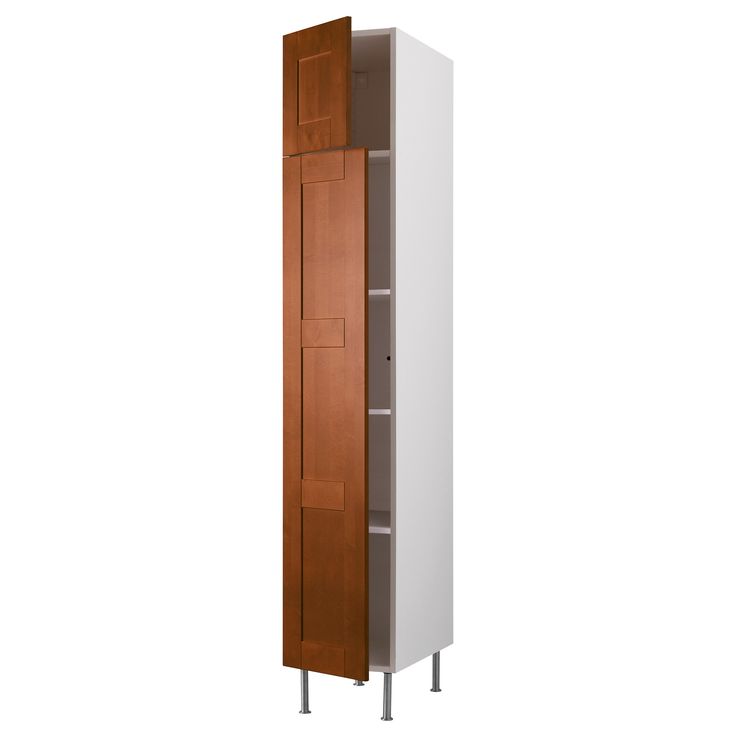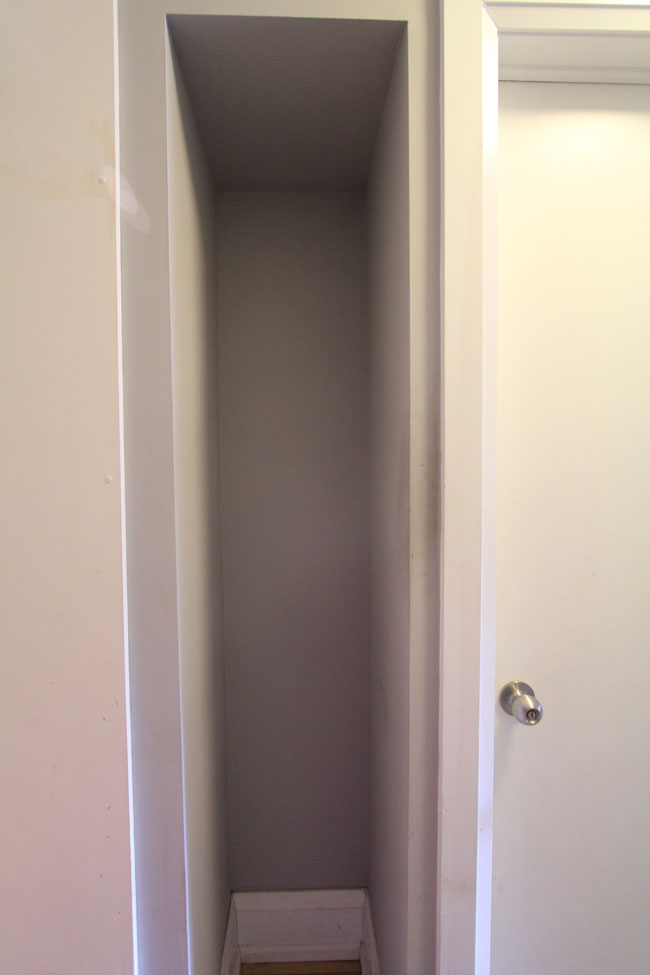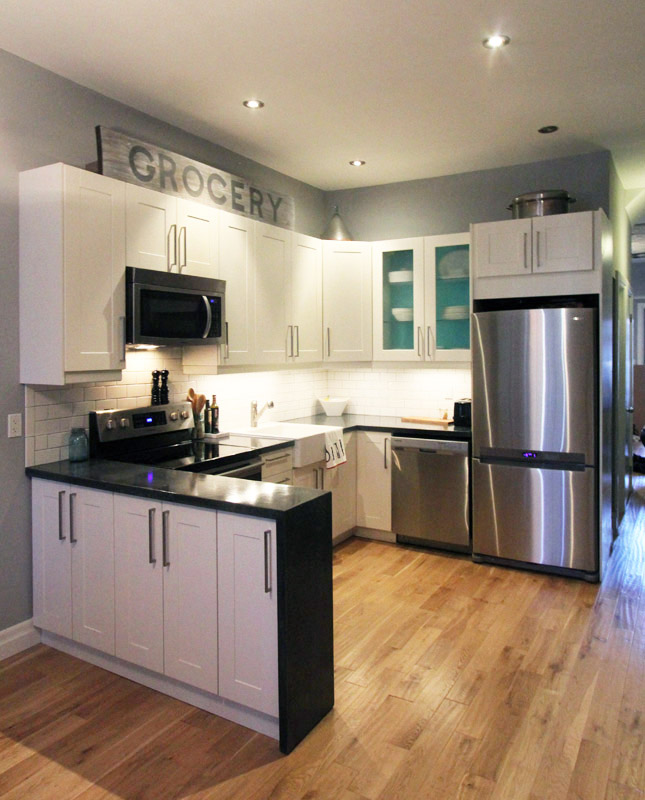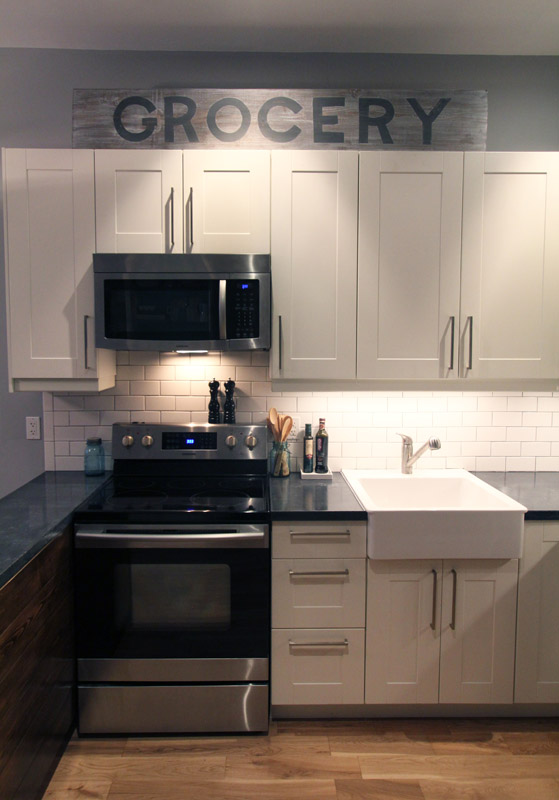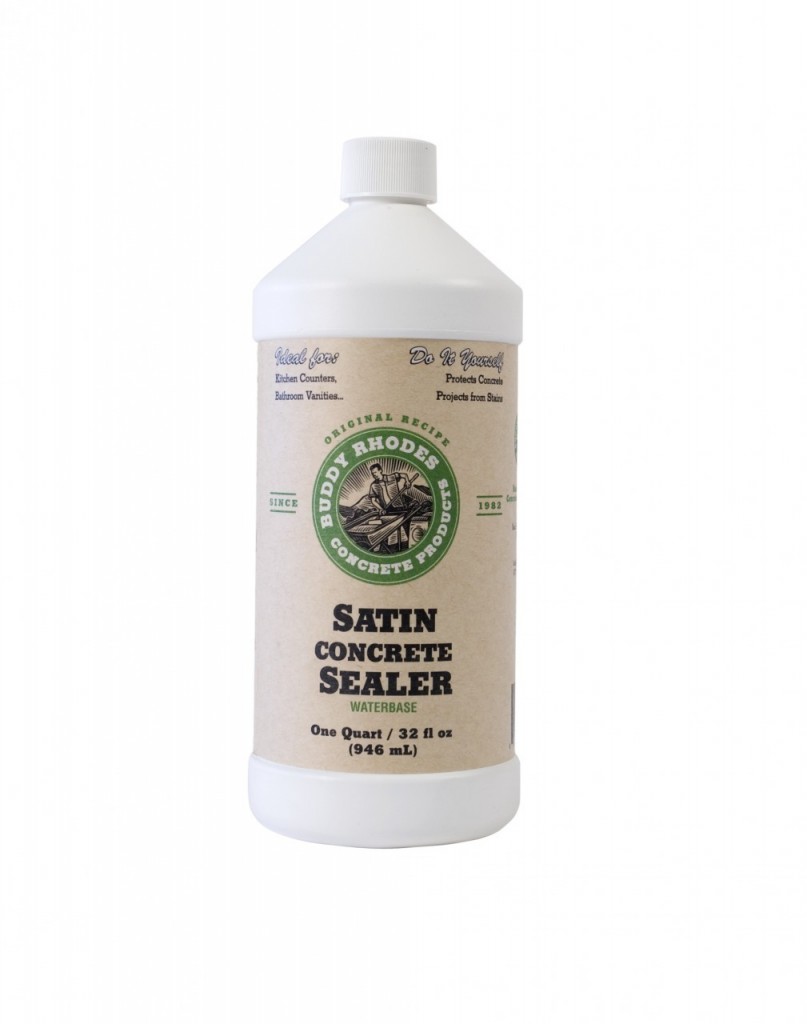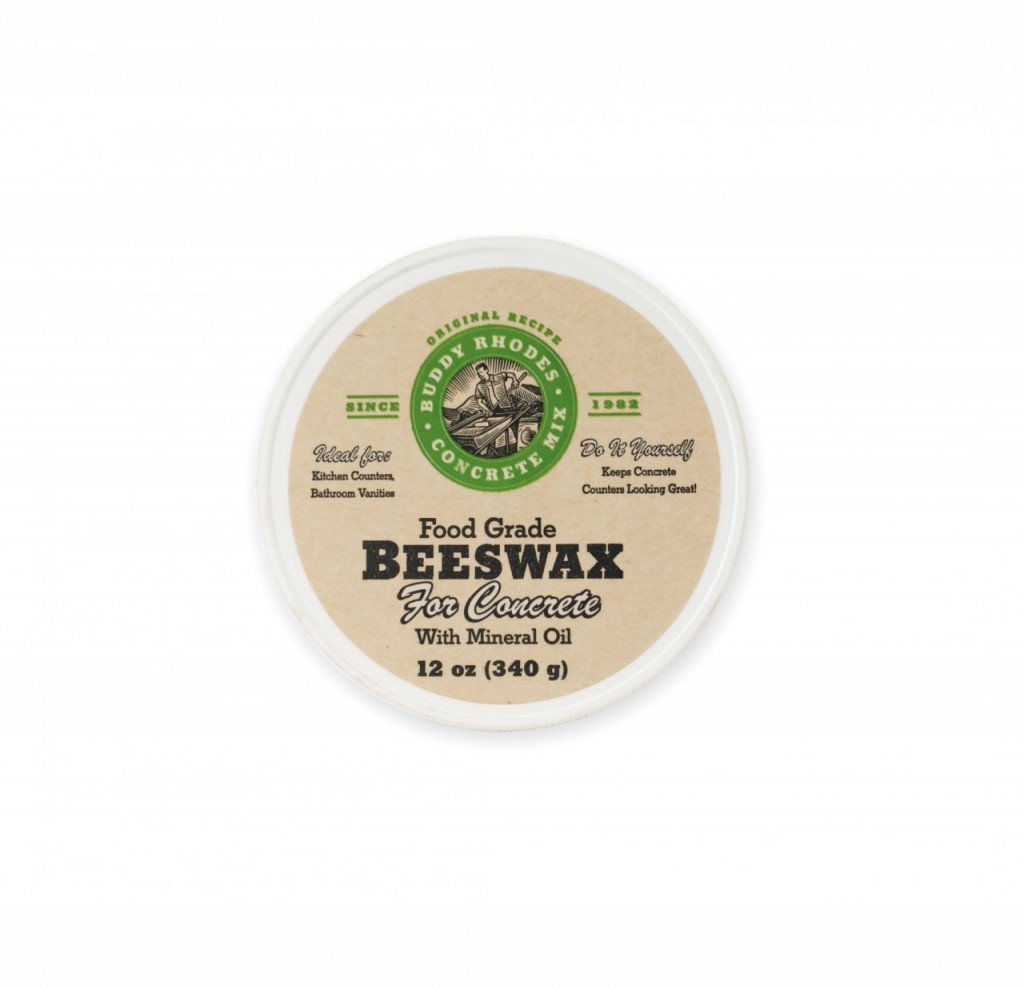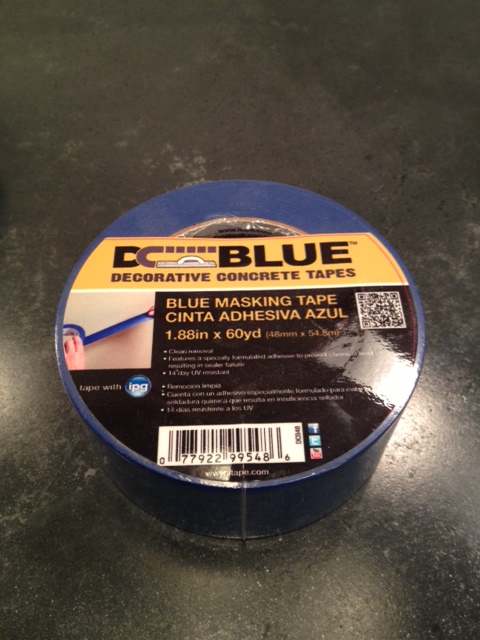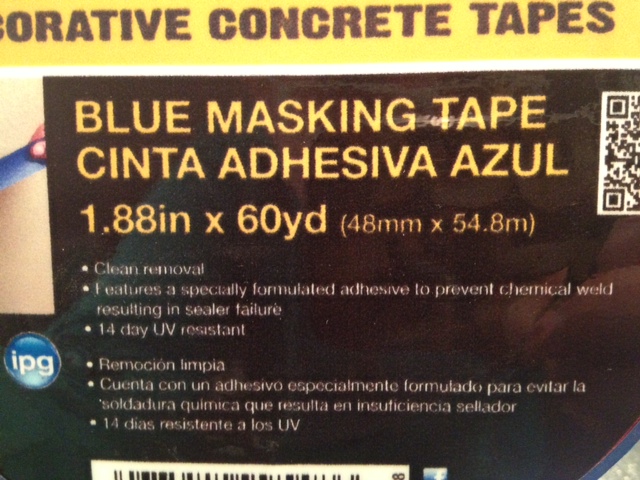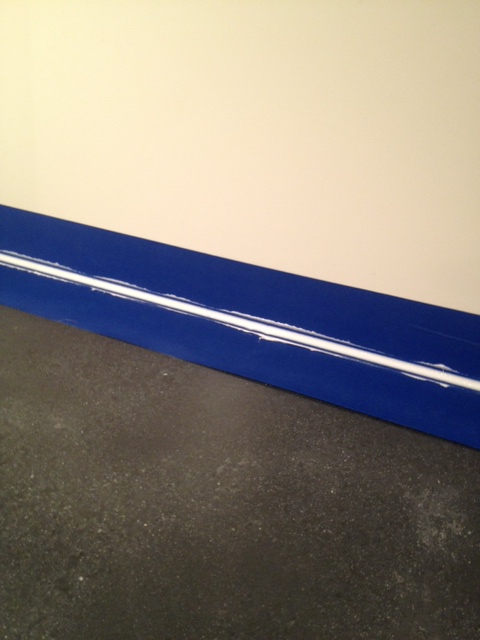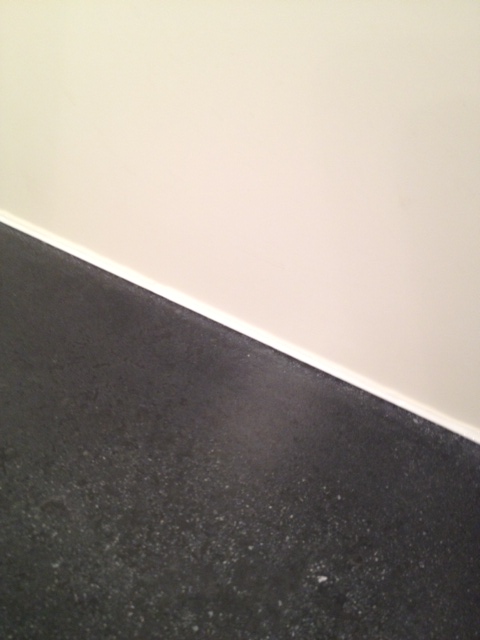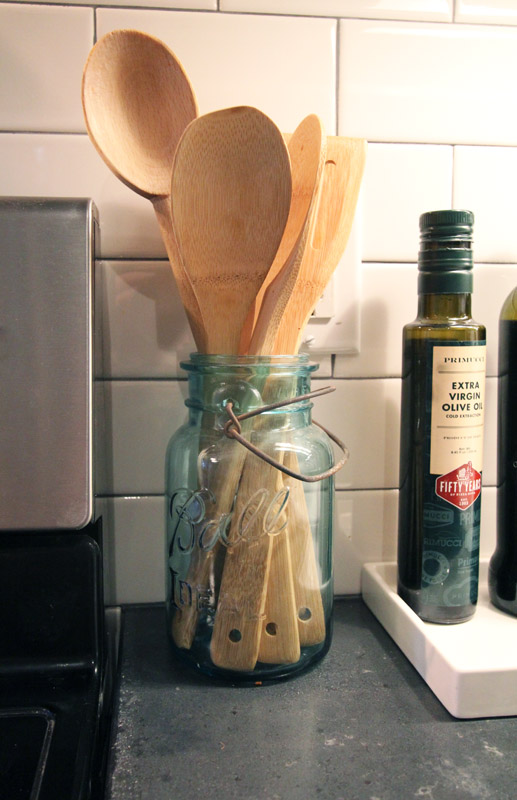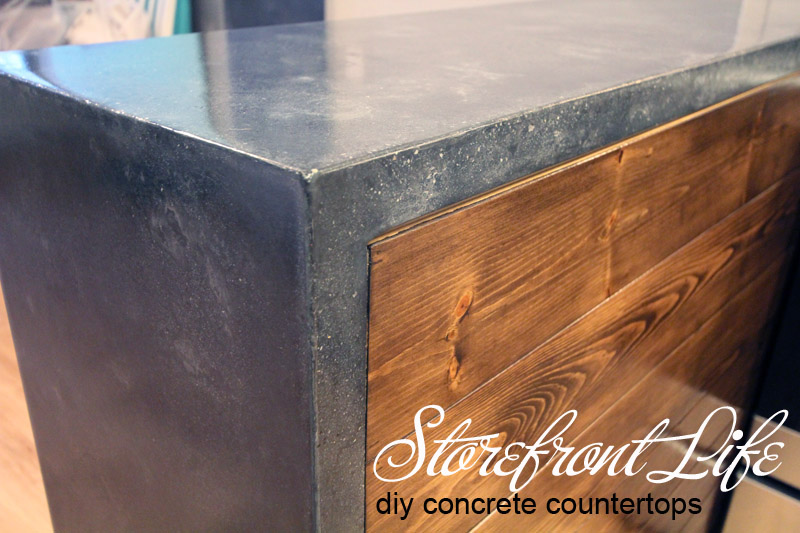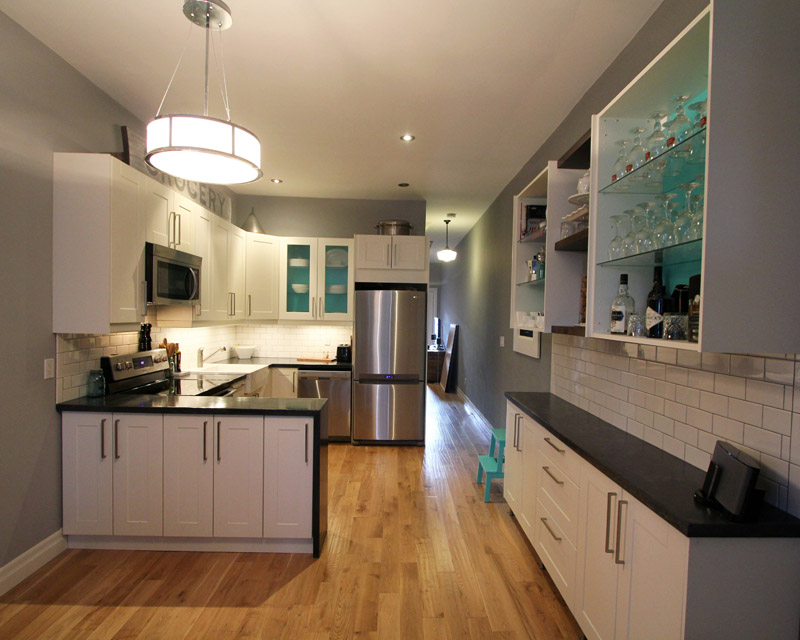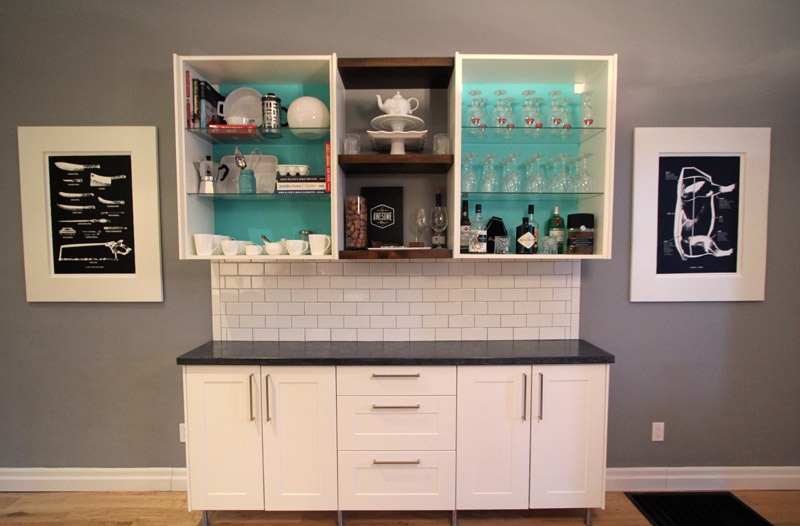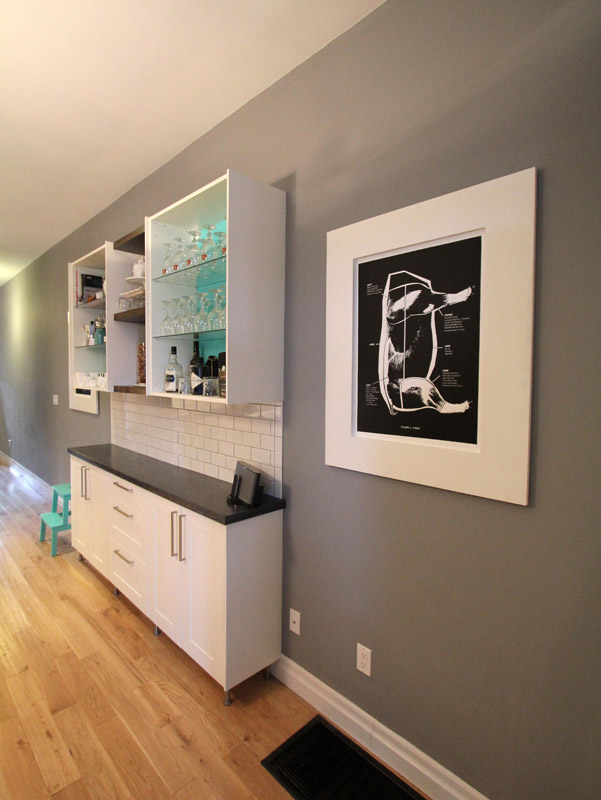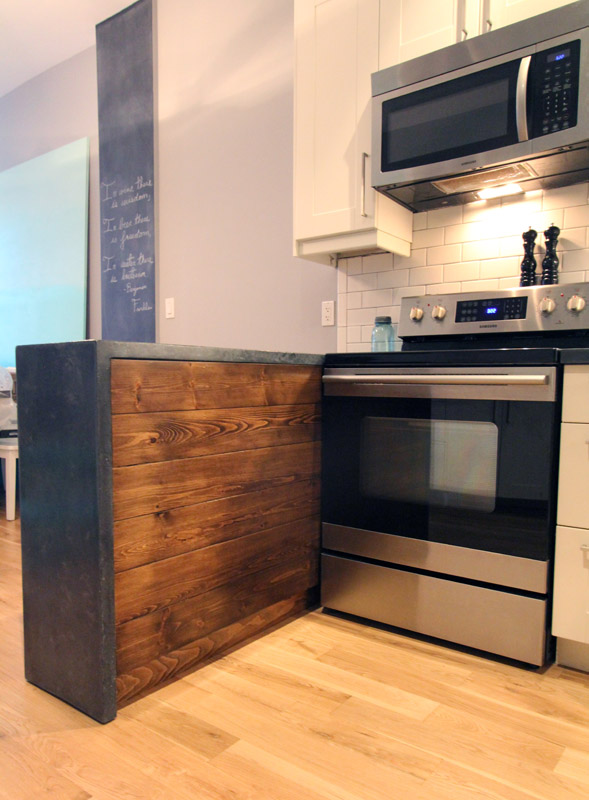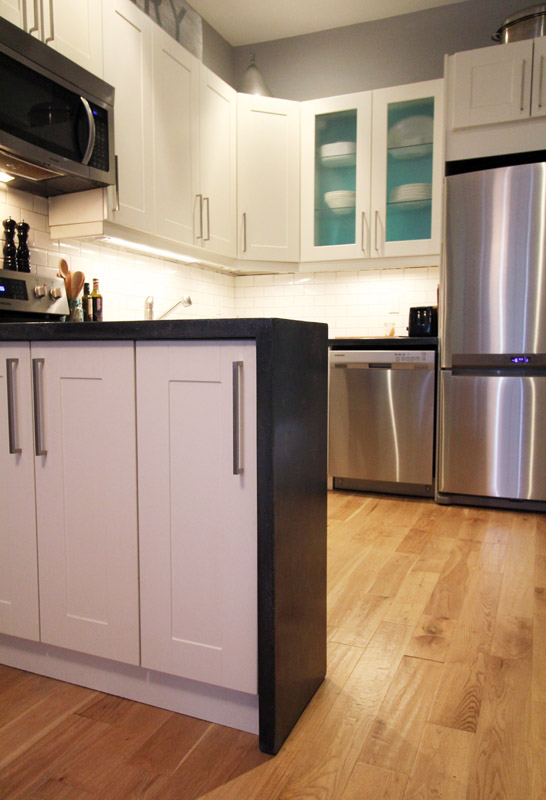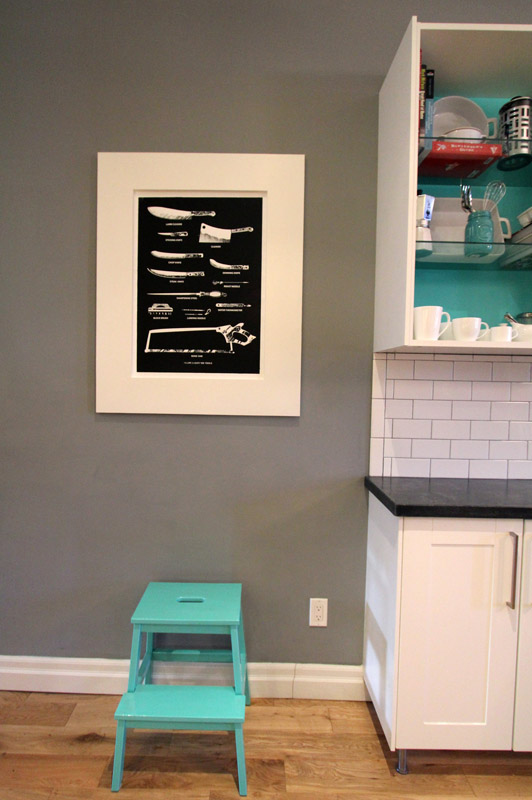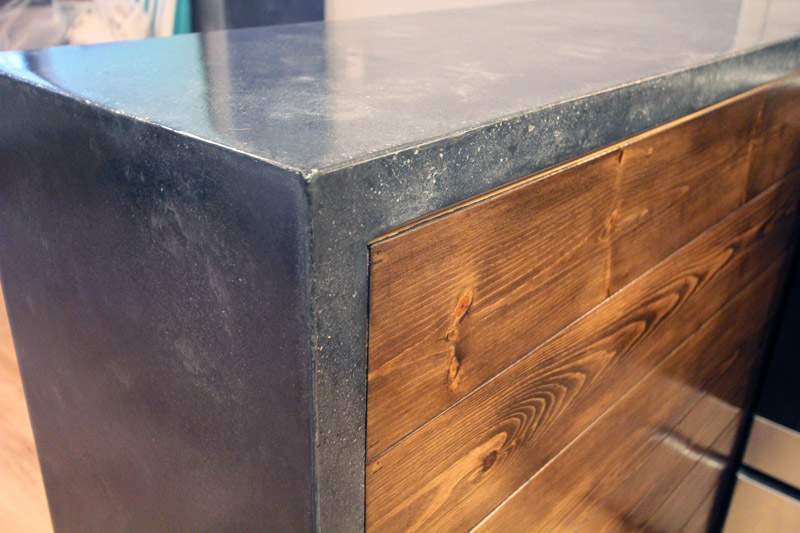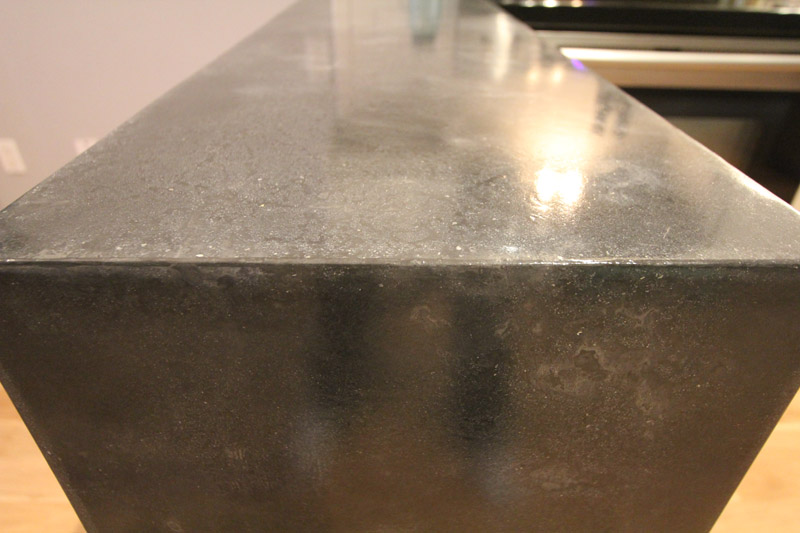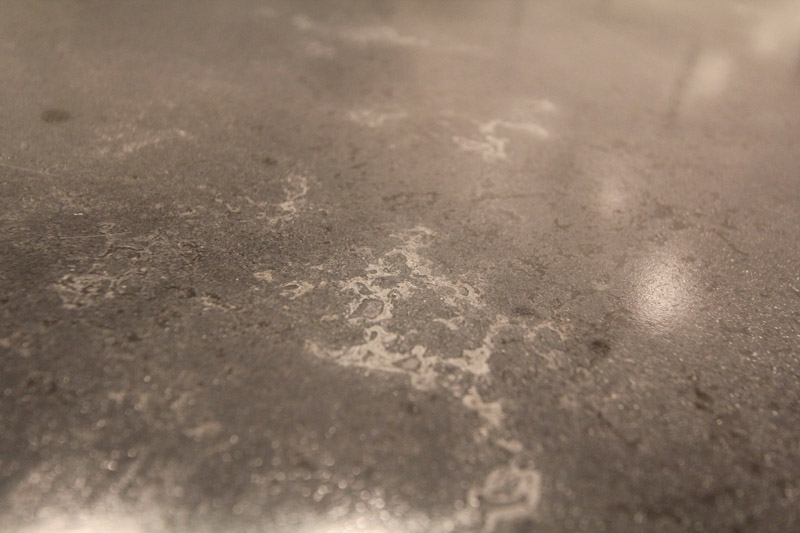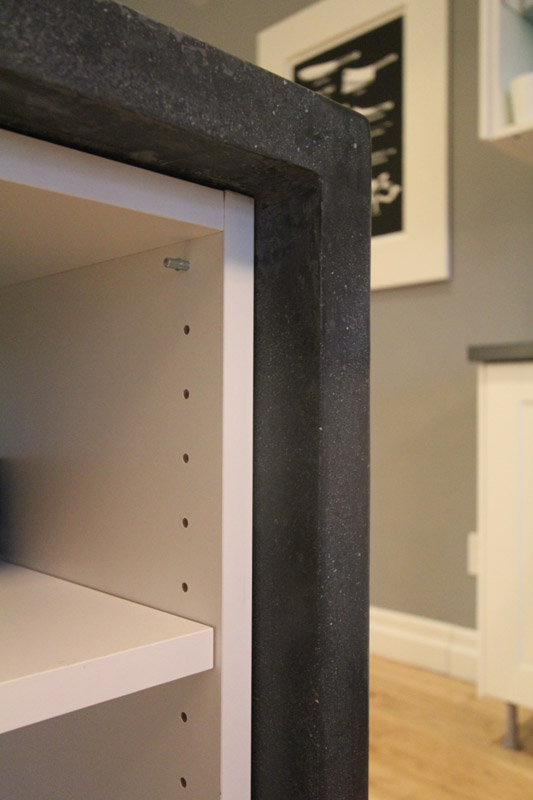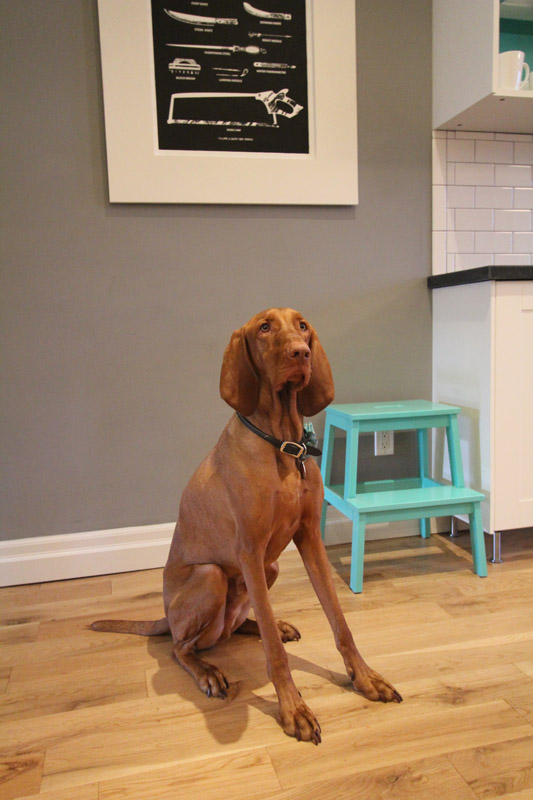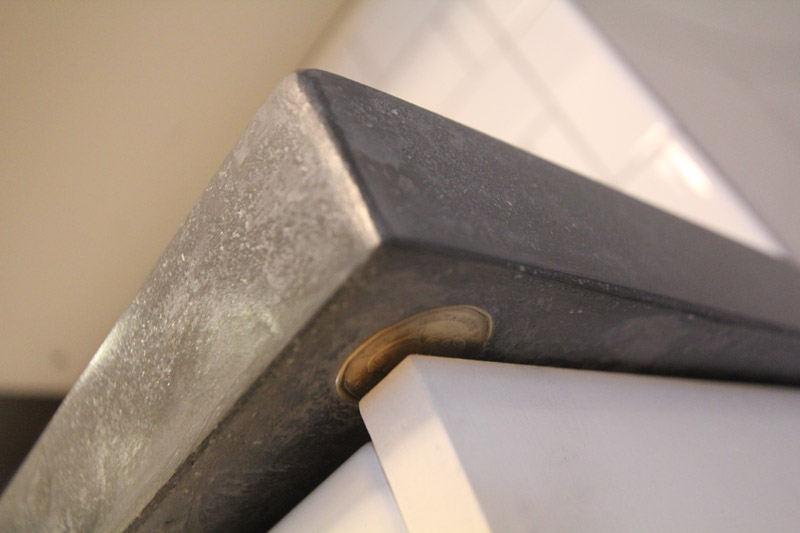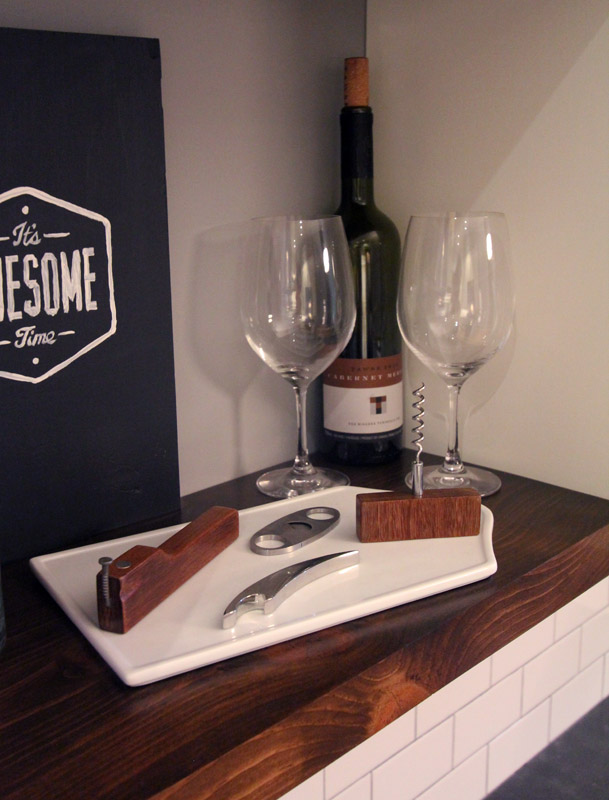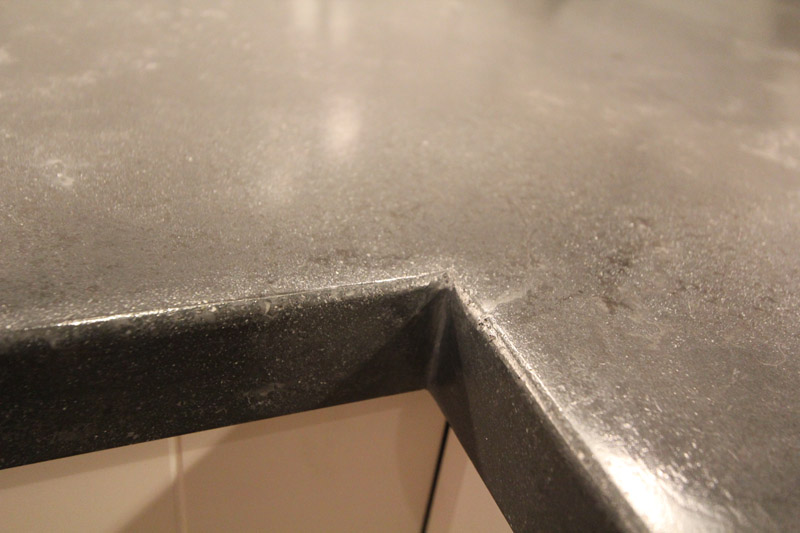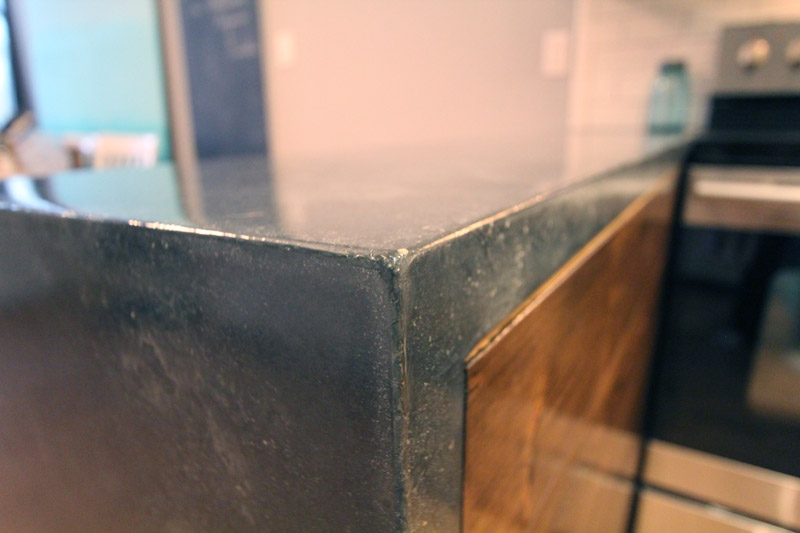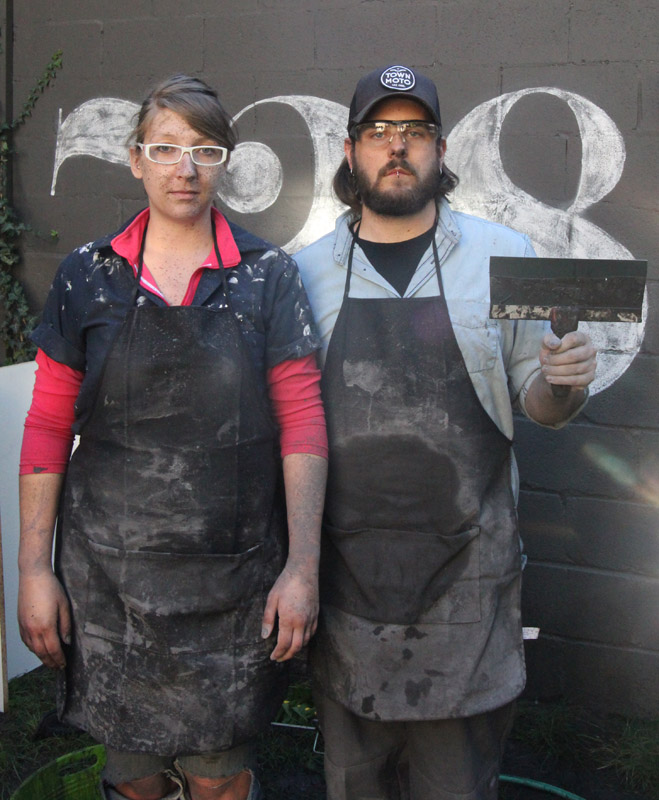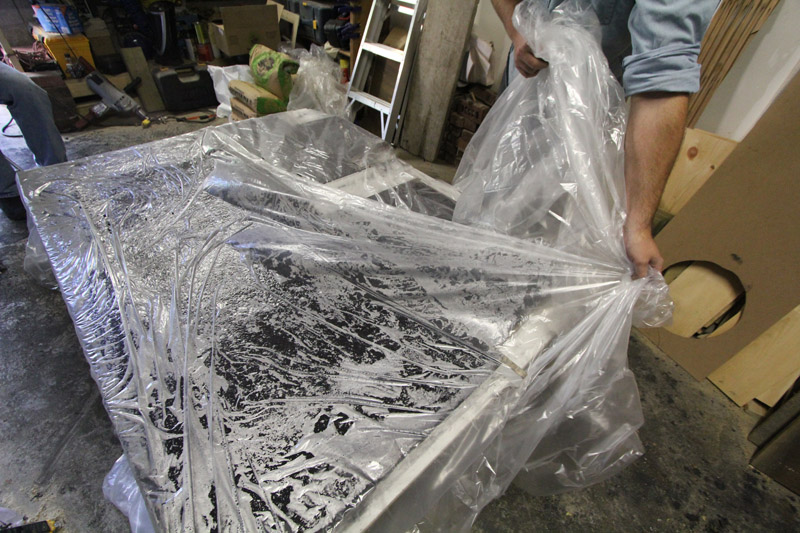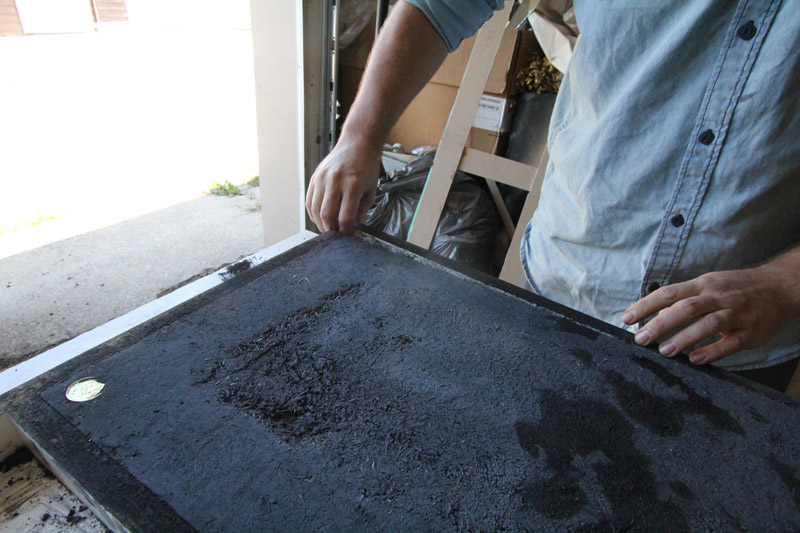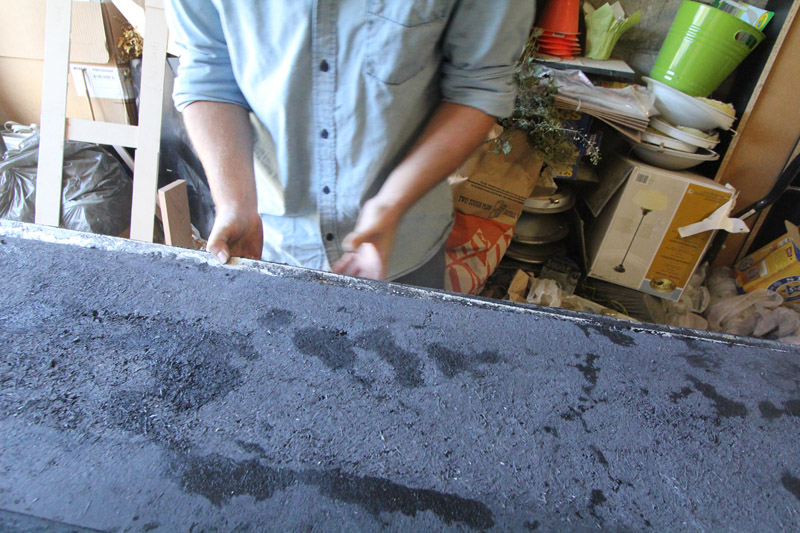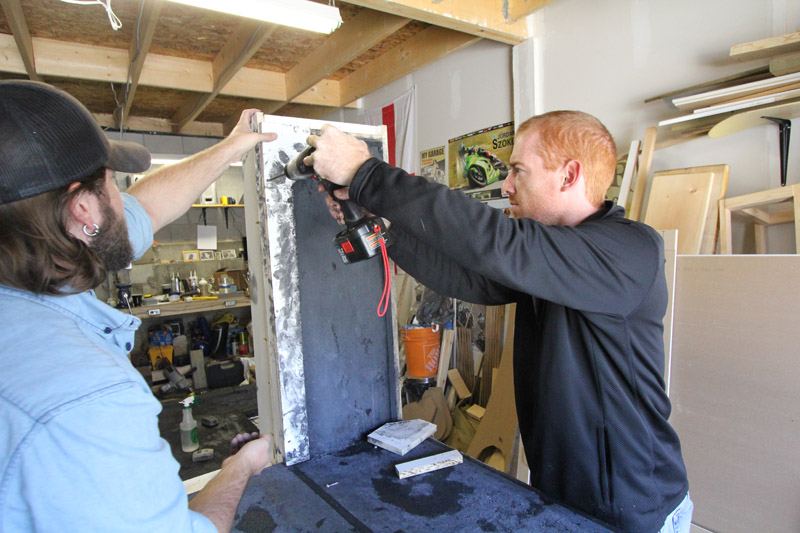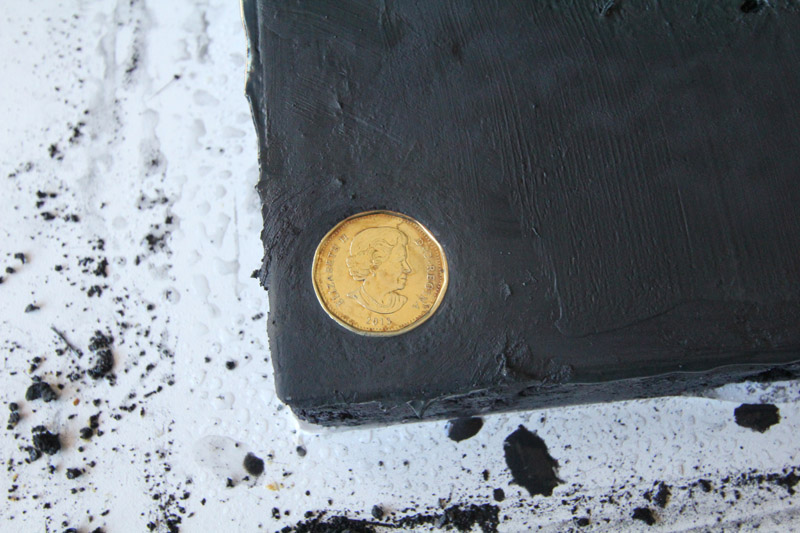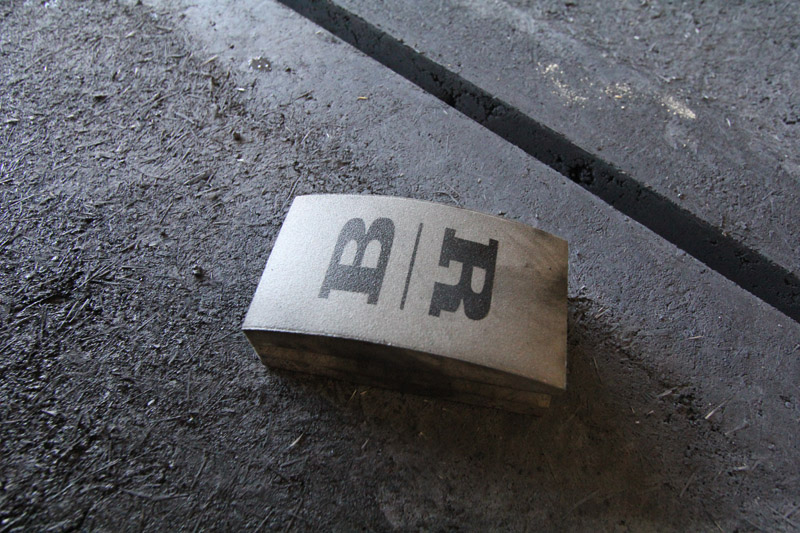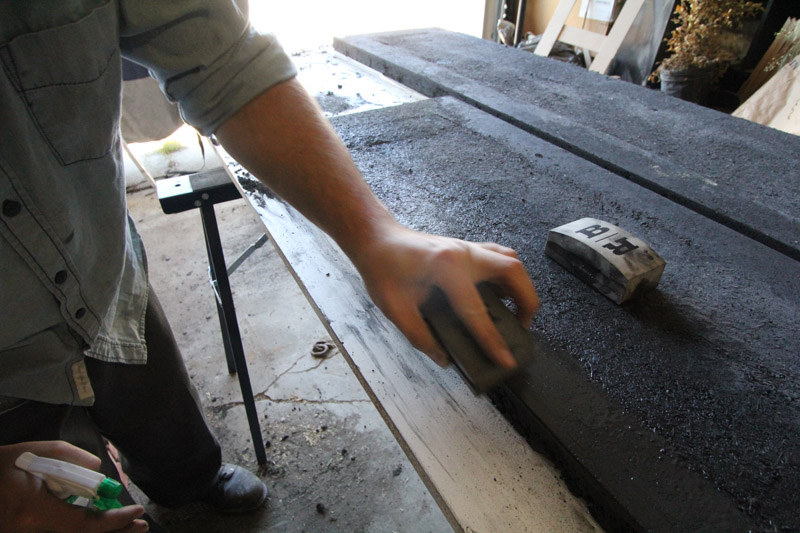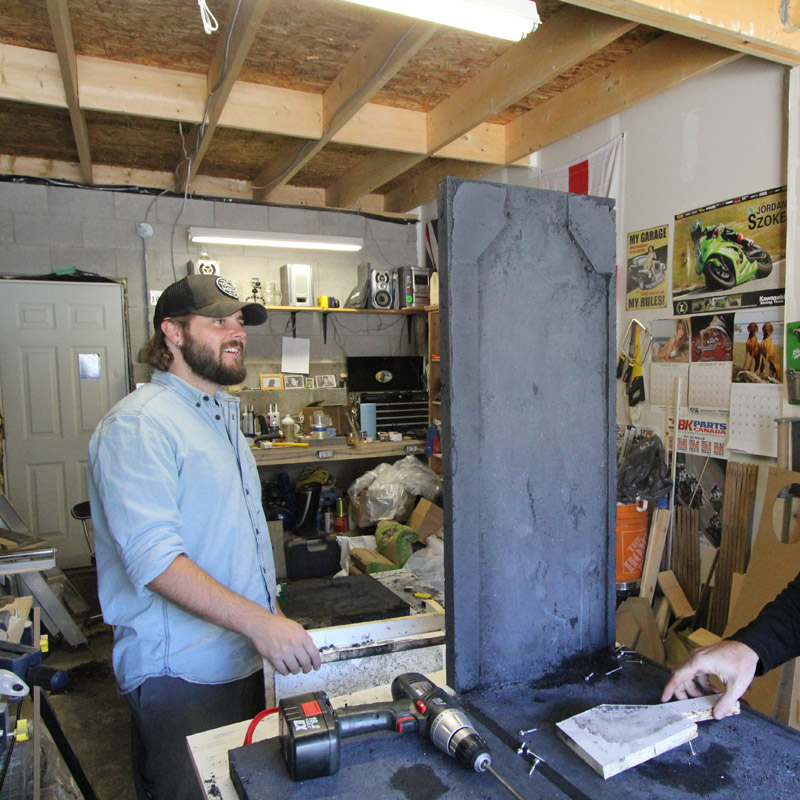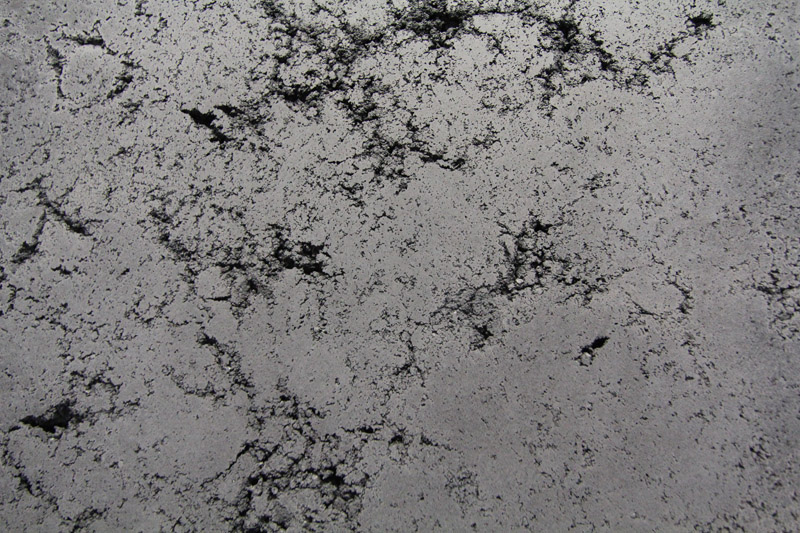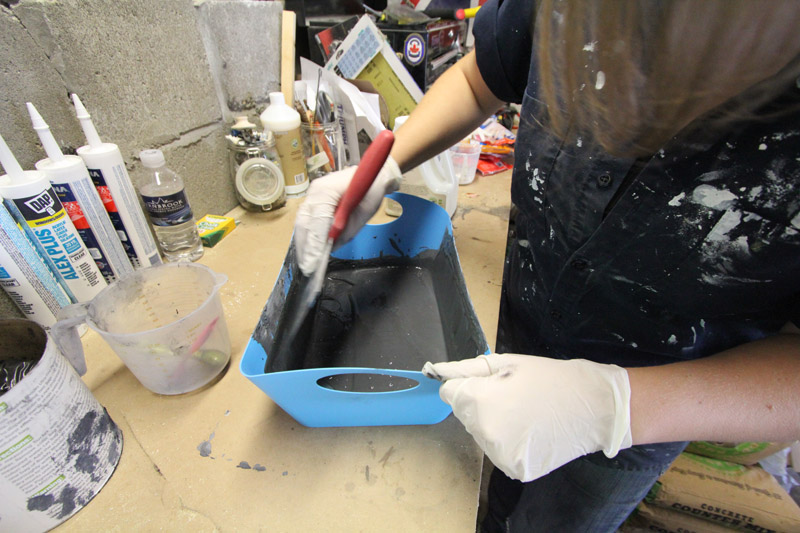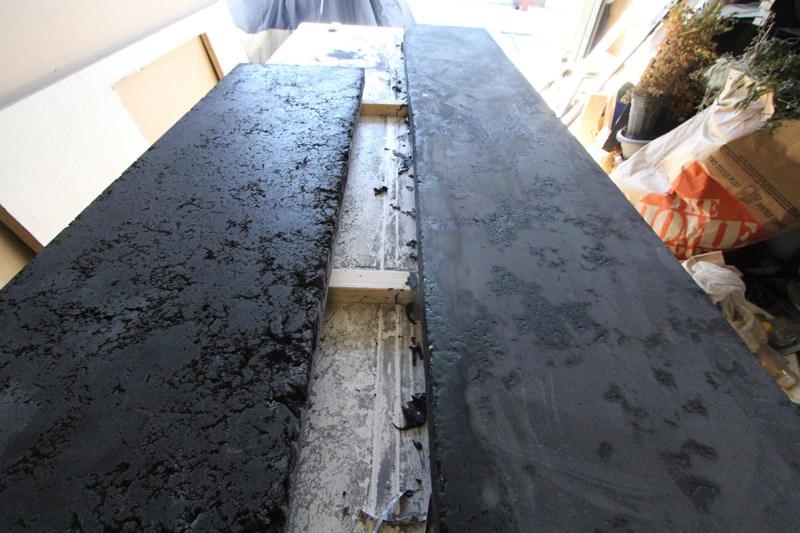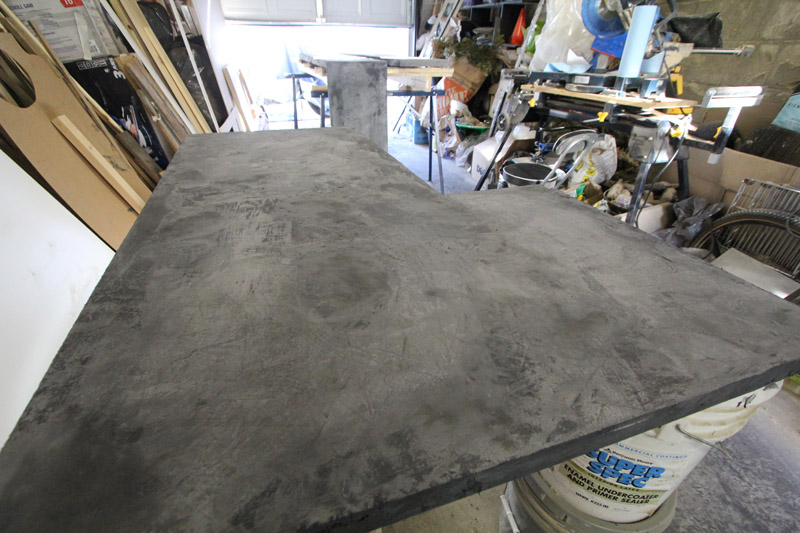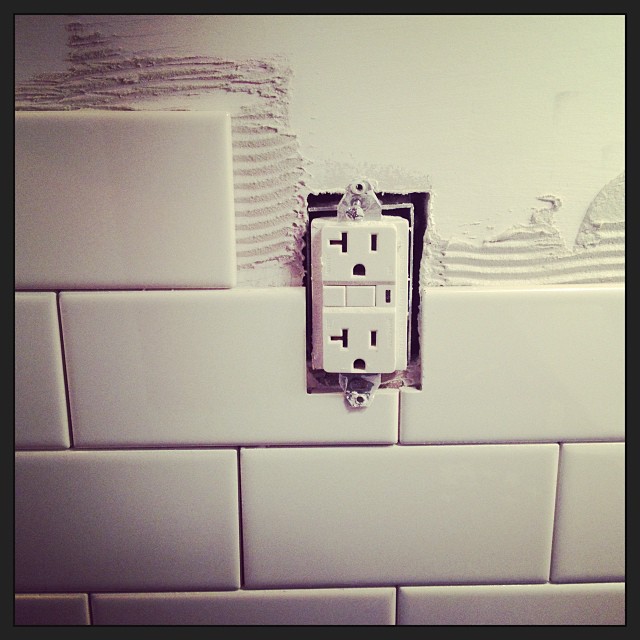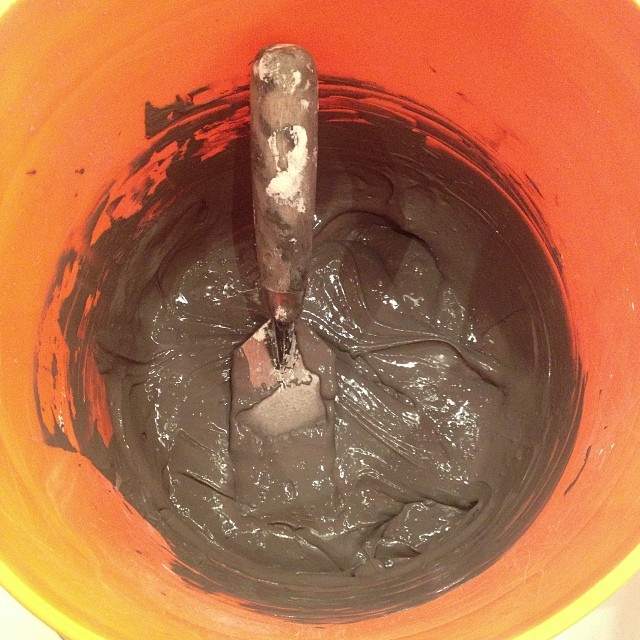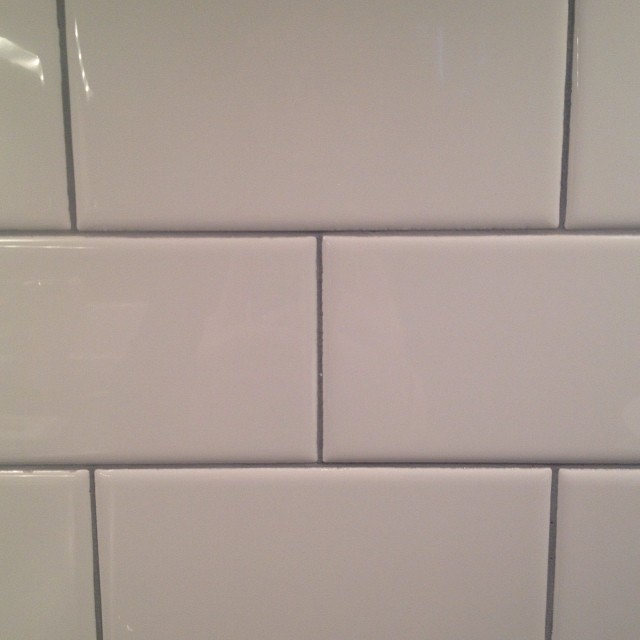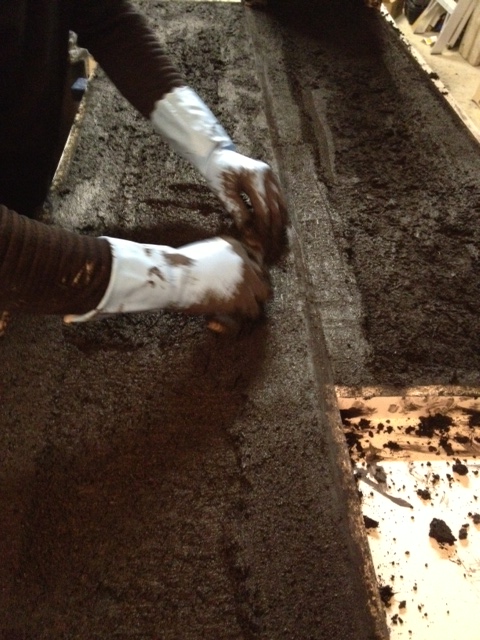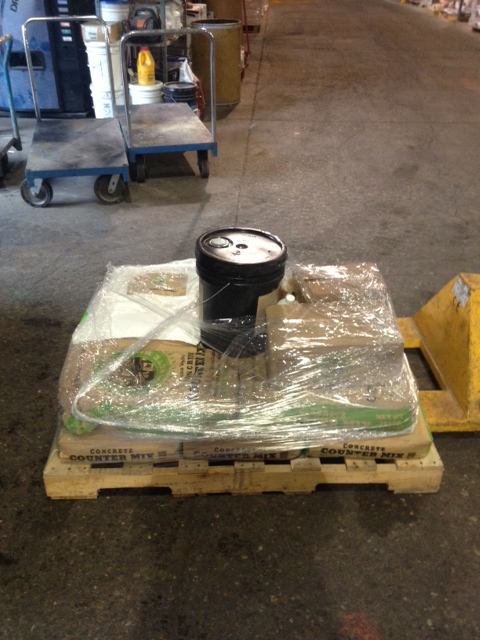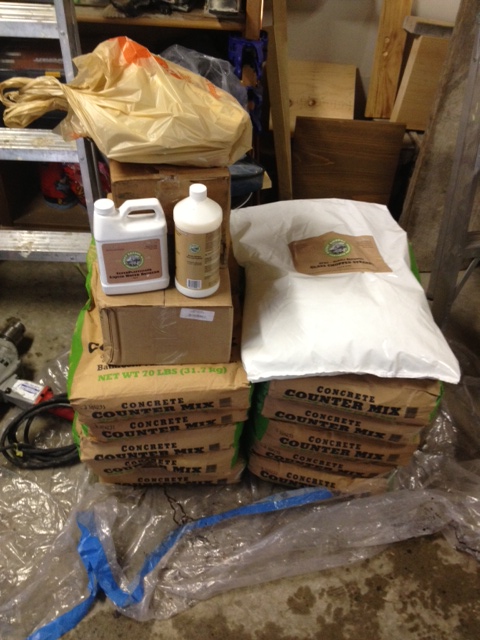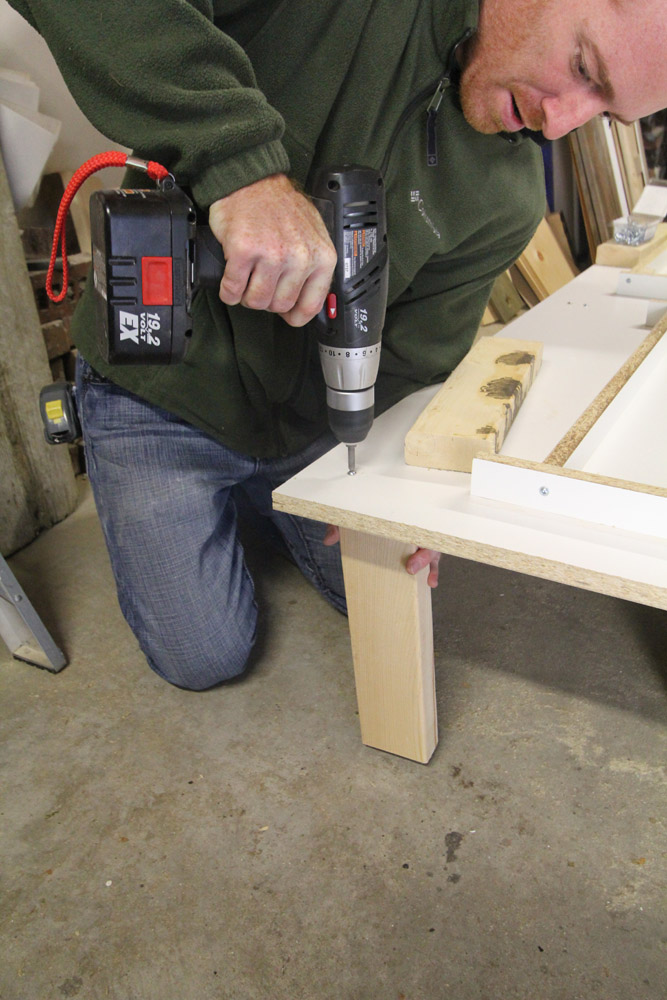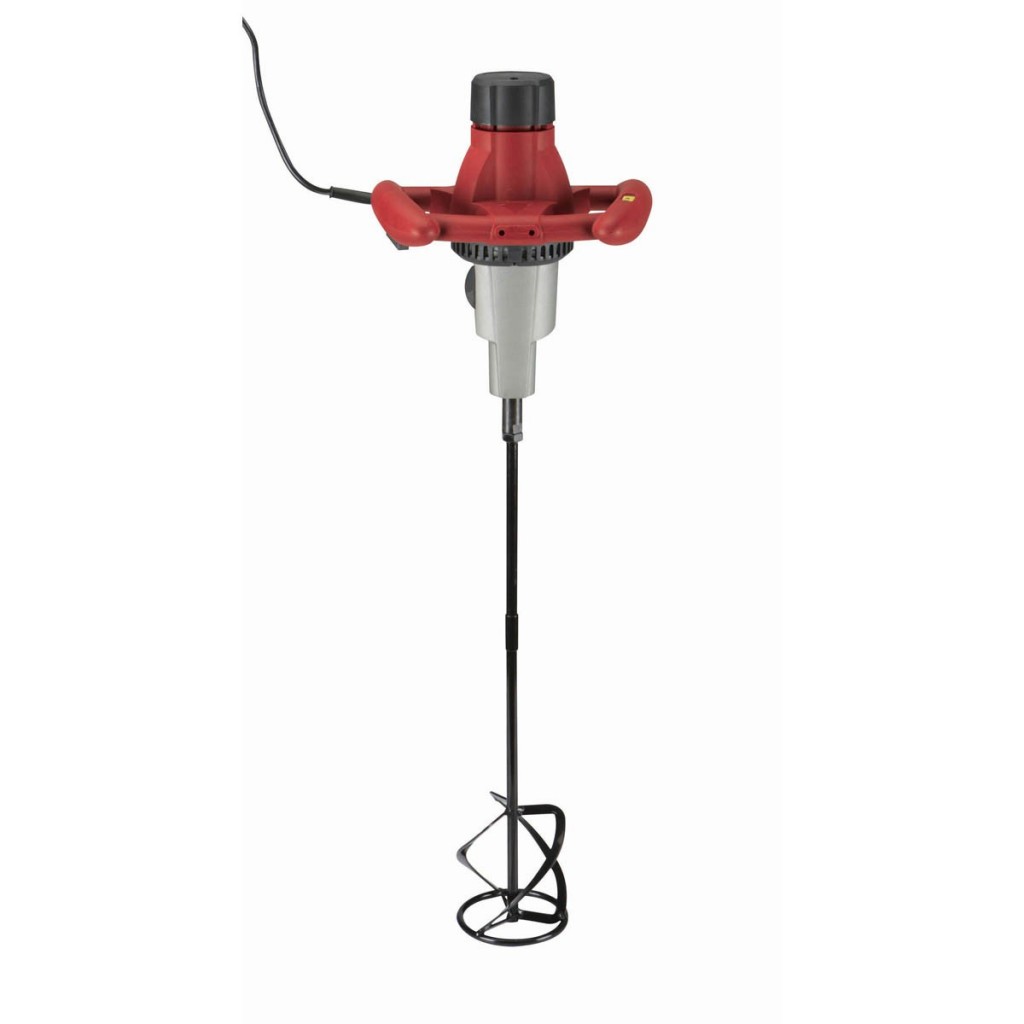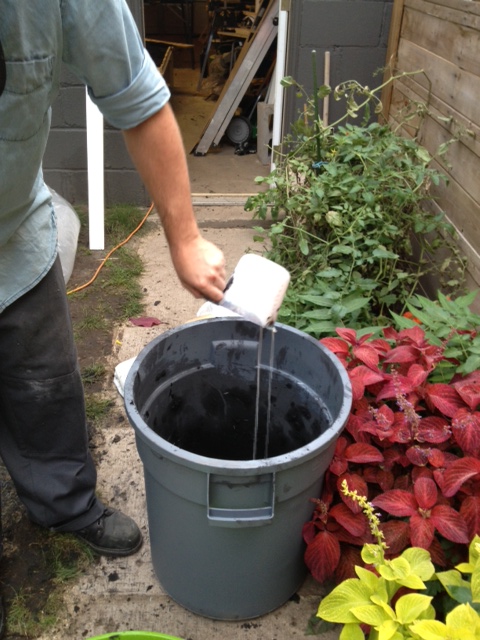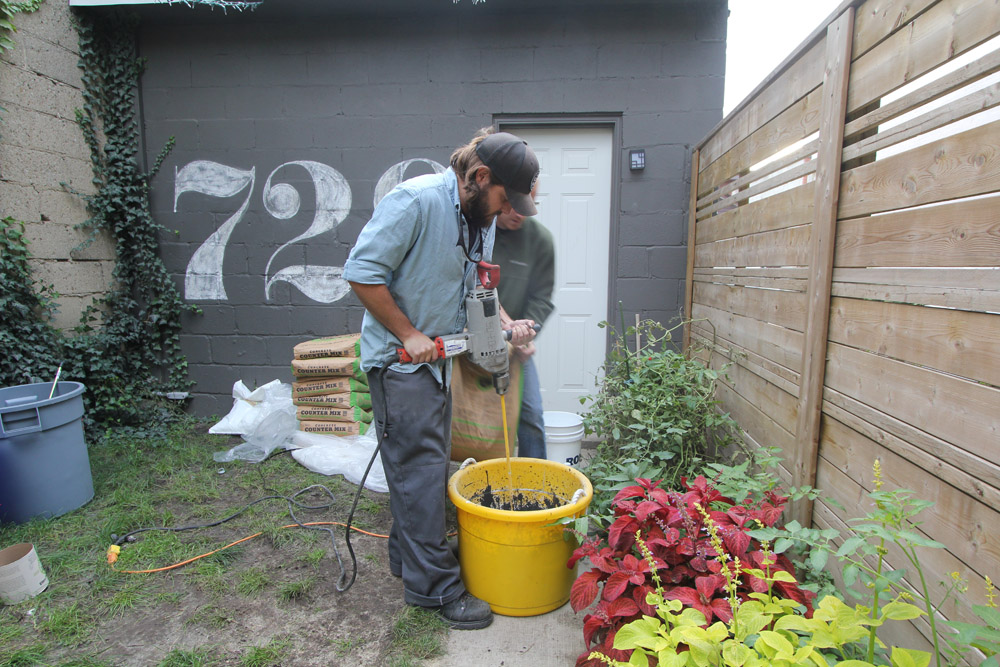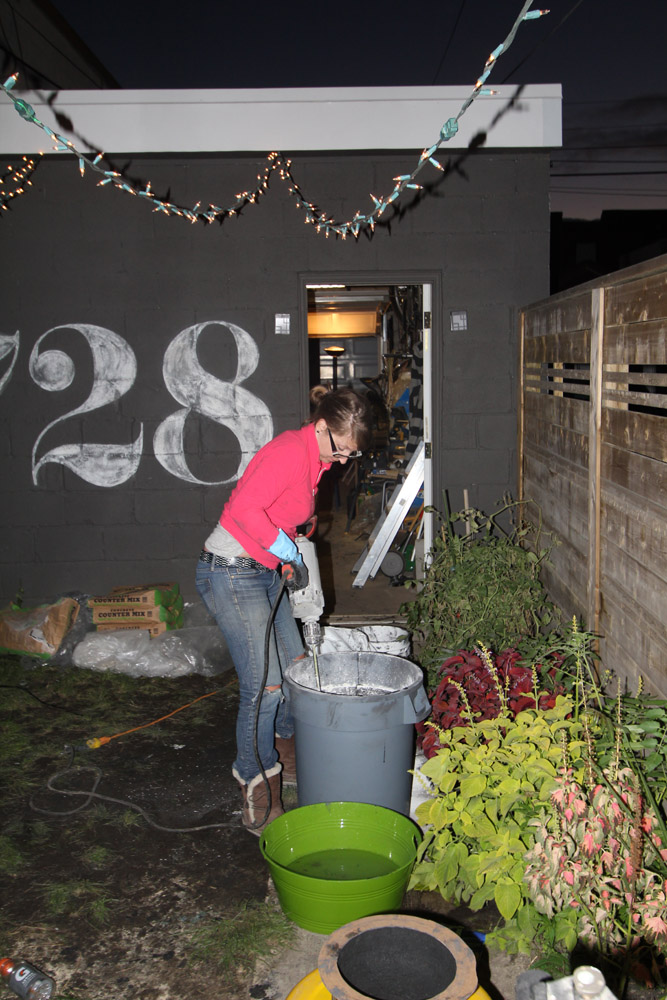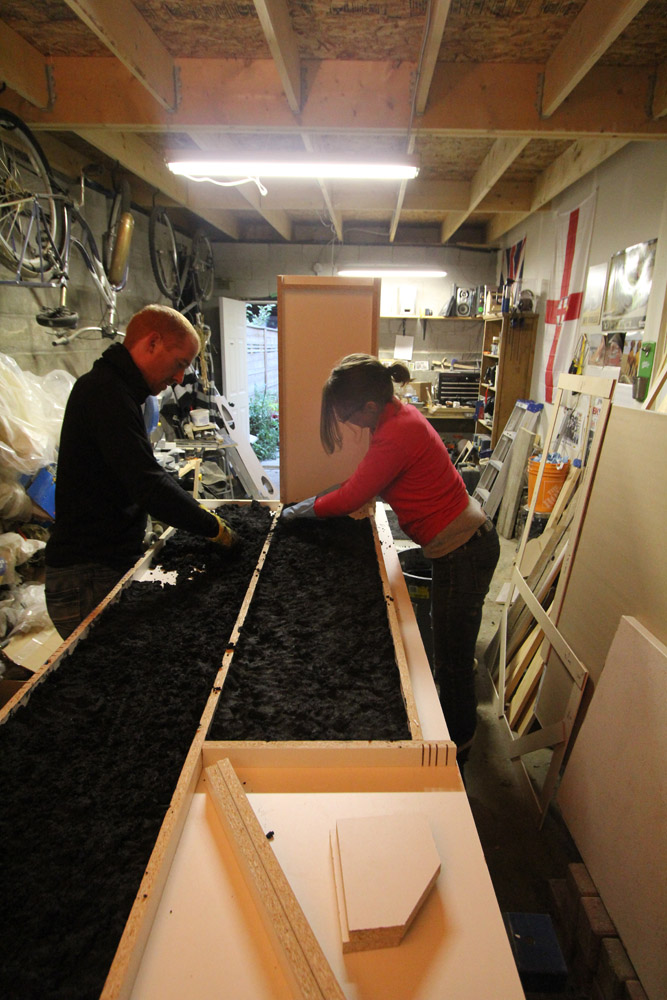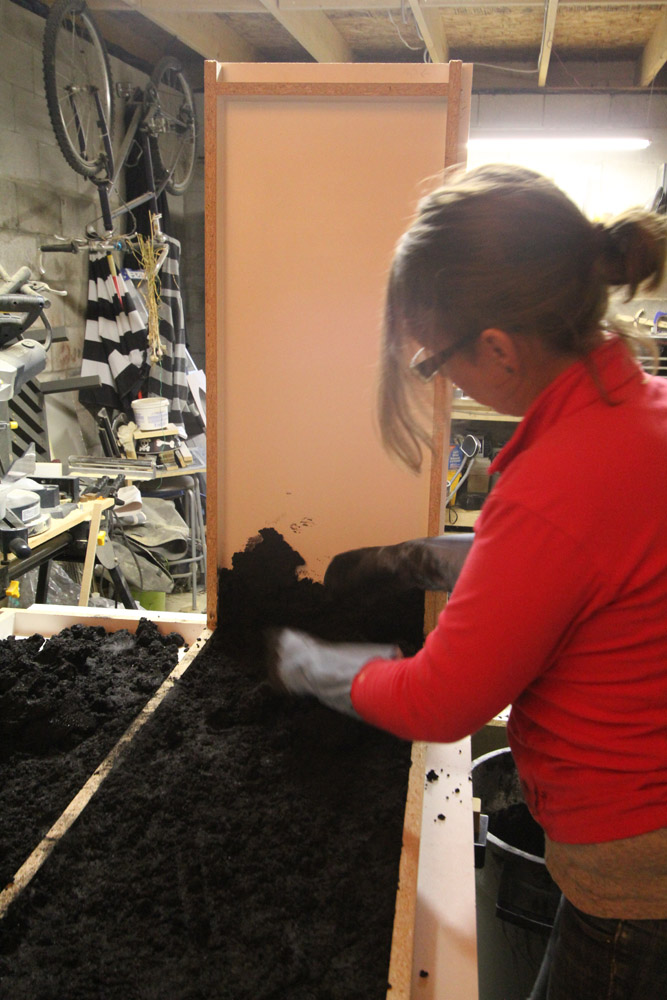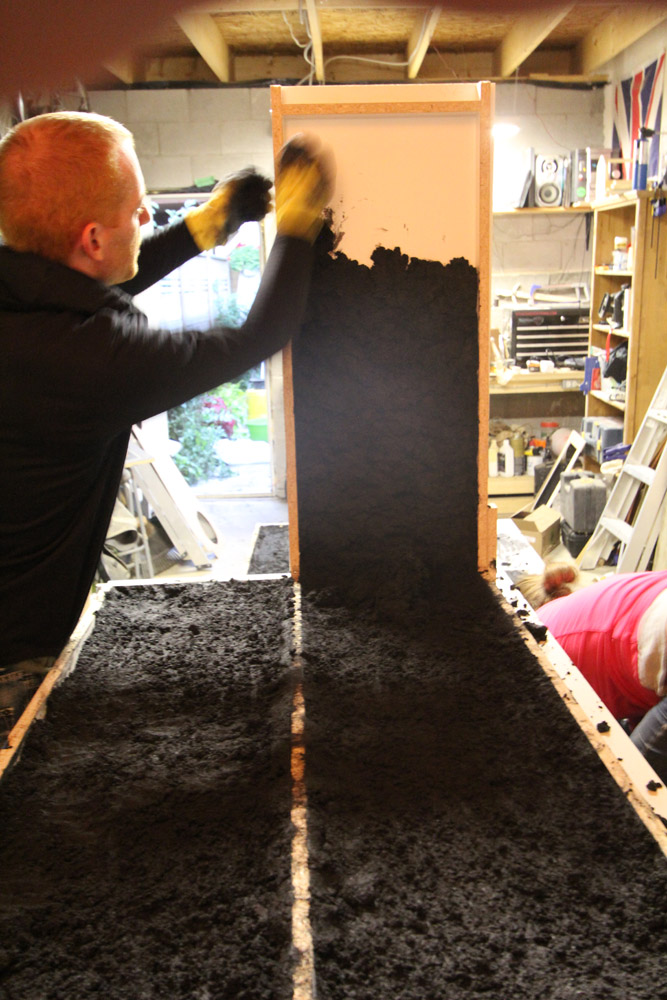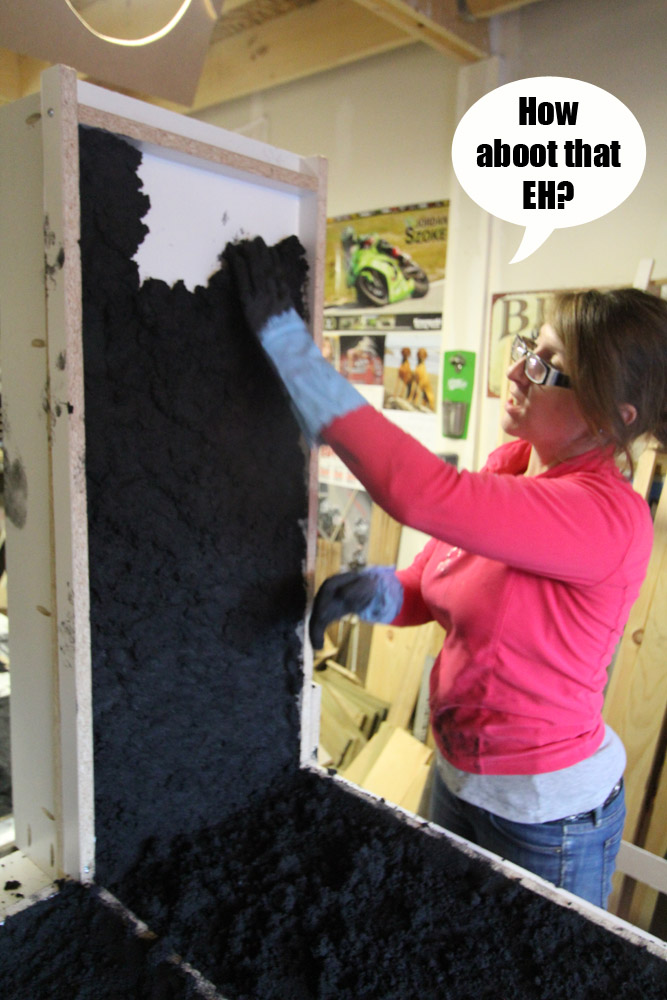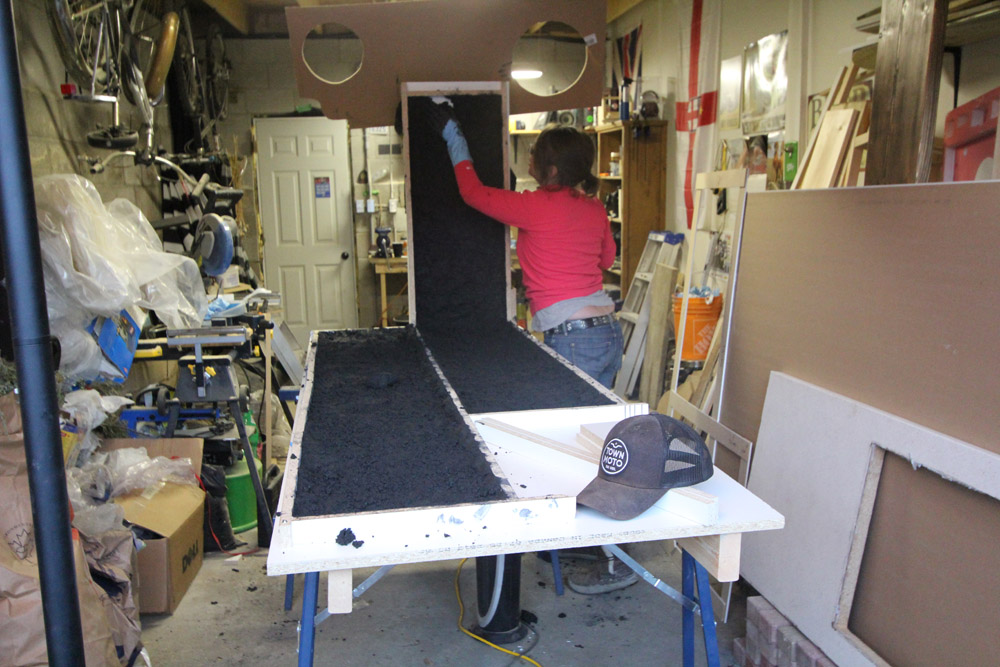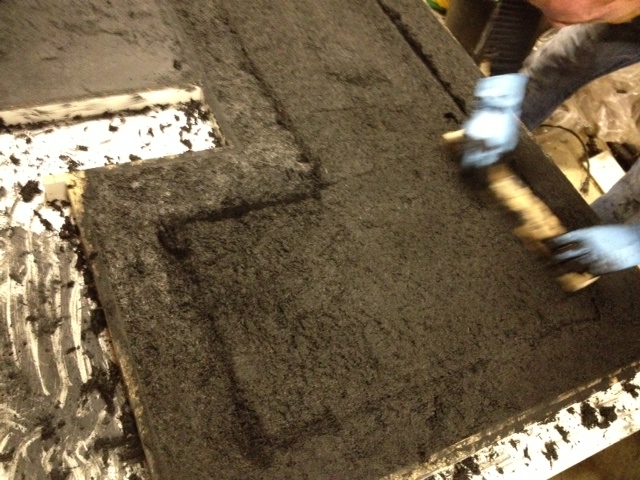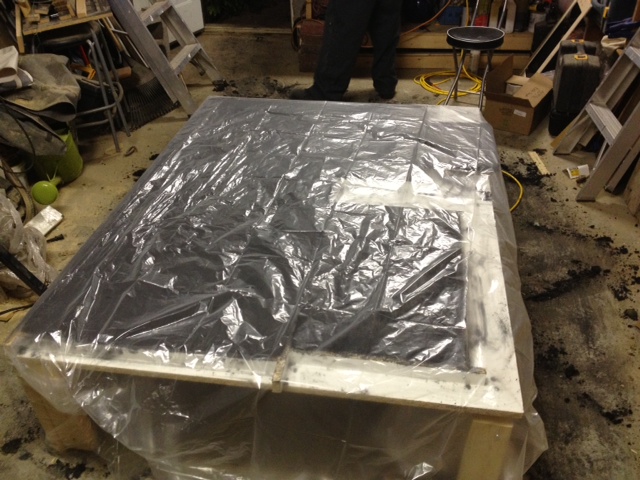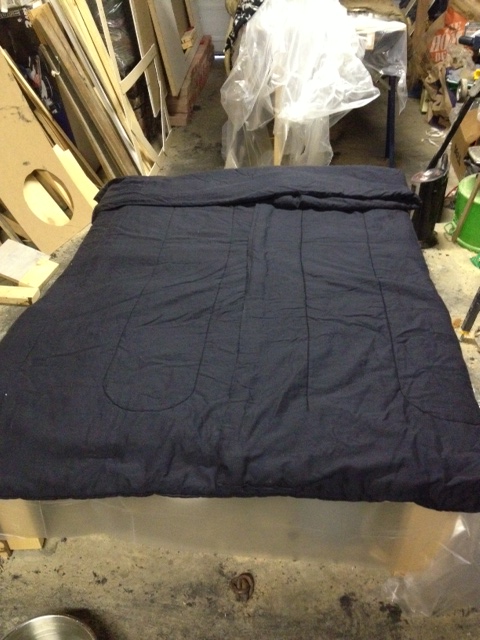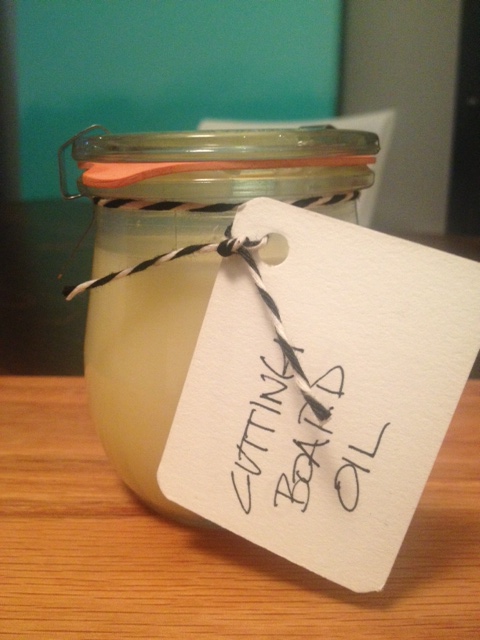When we updated our kitchen waaaay back over a year ago, we had big intentions to upgrade everything. Pantry, faucet, lighting, storage. However…by the time we finished the projects we did take on, we had run out of time and money. Womp womp. Those last few little projects got put in the “next time” category, and we told ourselves that they would be the next things to be tackled. A year plus passes, and it’s a sad day when you look at your beautiful counters, sink and backsplash, and shake your head at your old kitchen faucet marring the beautiful otherwise finished space. (OH, or caulking the back of the sink, totally failed to complete that one too!)
Kitchen faucets are a big decision. It’s the most used item in the kitchen. From cooking and cleaning, to filling the dogs water bowl. That sink and faucet get used all day long. I wanted to make the right decision on our kitchen faucet.
We had several considerations when faucet shopping. Firstly, we have a cabinet right above our sink (that could not be raised, as it sits asymmetrical to the sink). That cabinet severely limited our faucet height, and we needed to choose a faucet that was not too tall. Secondly, the white farmhouse sink is a bit high maintenance when it comes to cleaning. Its got a nice flat bottom, but food tends to hang about, not making its way to the drain. Our current pull out faucet is incredibly helpful for giving the sink a quick rinse, and keeping everything clean.
With that in mind, our faucet options were now limited to shorter faucets with pull out sprayers. This takes probably 75% of kitchen faucets out of the running!
After some pretty big deliberations, and weeks of himming and hawing, we had narrowed it down to two Riobel faucets.
The modern but classic FE101, with sleek pull out sprayer, single temperature and water lever, swivelling spout and two spray settings.
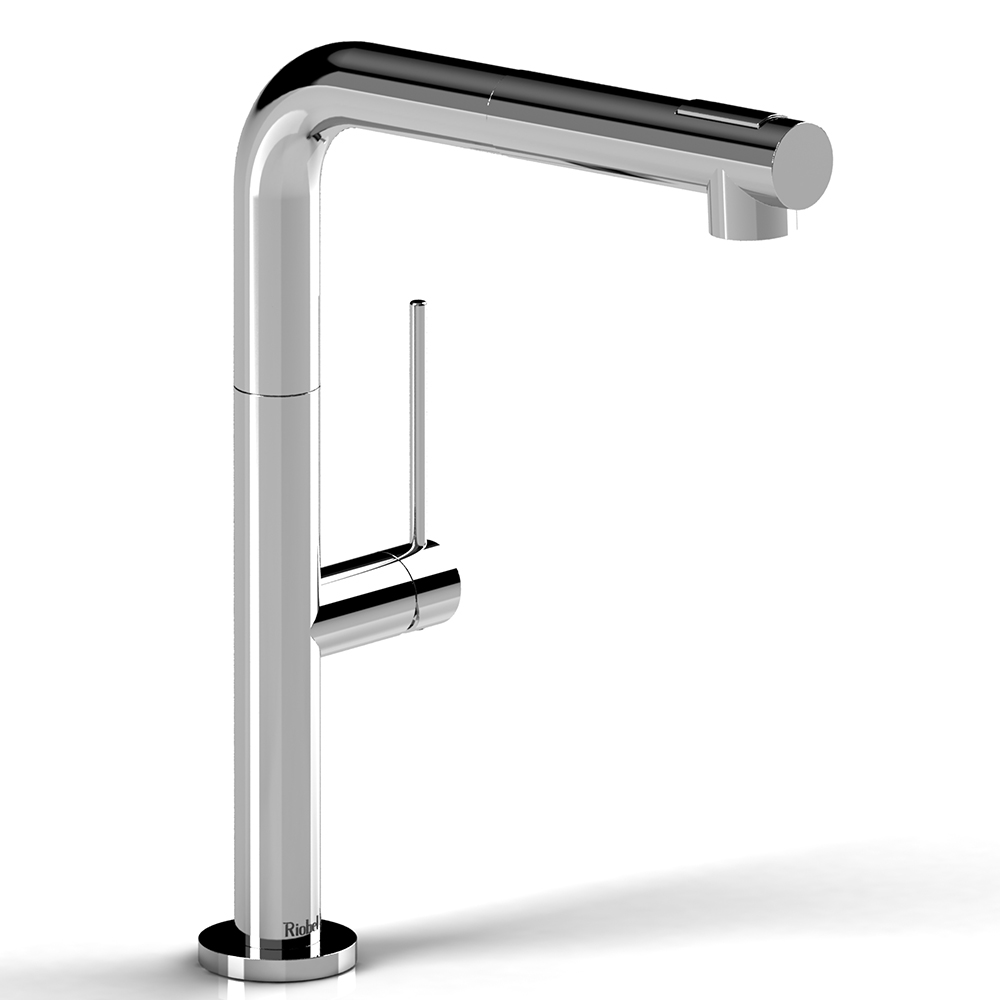
OR the BR400x classic yet refined bridge faucet with flat cross handles and side sprayer.
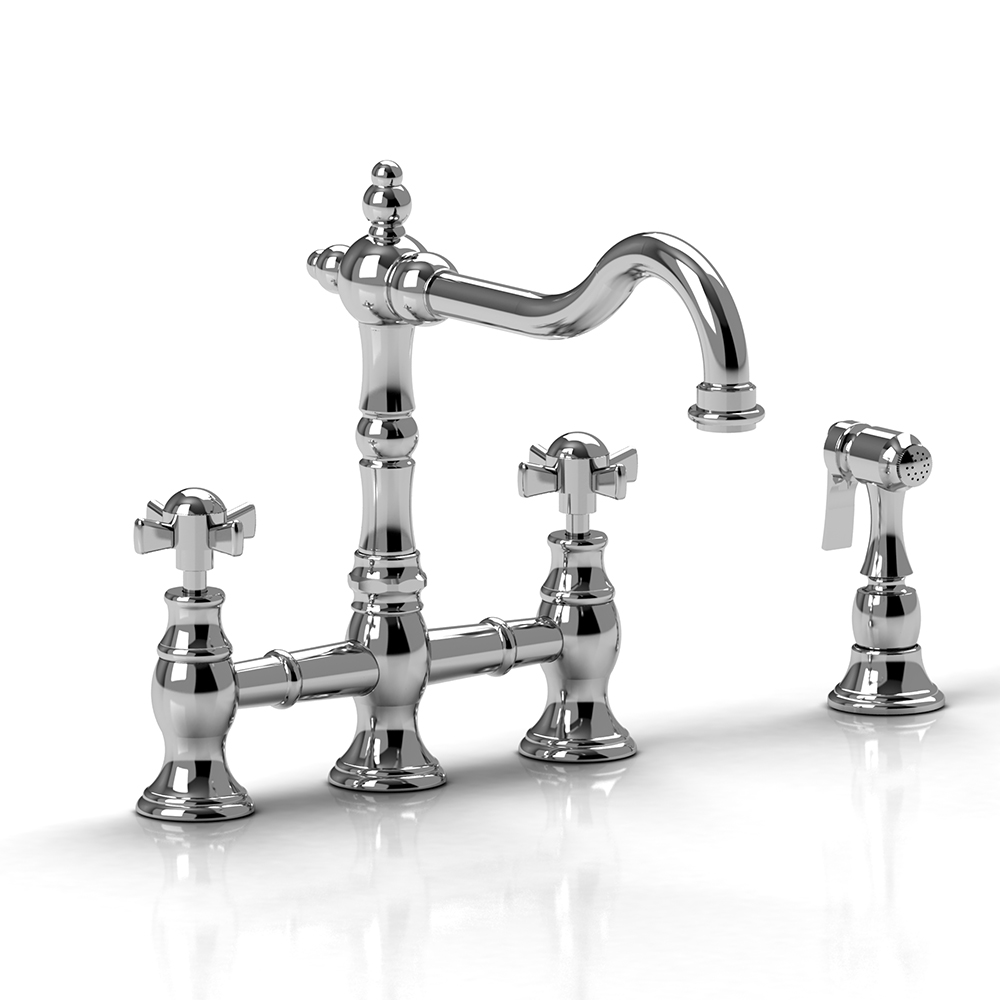
I loved loved loved the bridge faucet, but El Granto wasn’t a fan of the dual temperature adjustments and I was worried about drilling so many holes into my ceramic sink, and about how in style they would be in a few years. Bridge faucets are a big fad right now, and I was worried they would be the next mason jar or chevron.
After several restless nights sleep, I finally pulled the trigger, and ordered the FE101. We installed it in less than 15 minutes (it had a magical wrench free installation), and for the last month we have been putting it to the test.
All of its mechanisms are smooth and responsive. The temperature and water control handle move with the slightest touch, and water can be easily adjusted for filling up things (like water bottles) where I tend to make a huge mess if the water is on full blast.
The swivel is smooth and the faucet stays where its placed, even when it is off to one side.
The pull out sprayer is easy to use, and the end has a ball bearing, so the directional control is incredible. The sprayer also has a magnet so it pops itself back in place when the sprayer is retracted. To change between sprayer settings, there is a hidden switch on the sprayer. When activated the stream of water turns to a nice spray that is perfect for washing vegetables.
The faucet itself is chrome, which adds a lot of sparkle to the kitchen. We have under cabinet lighting, and the faucet catches the light and just glows. The chrome does easily show fingerprints, but a quick wipe with a tea towel and its spotless. Our last faucet had a lot more water spots on it, as the only way to turn it off was to reach your hand above the faucet. As your hands are wet, you were perpetually dipping onto the faucet. With our faucets controls on one side, any water drips fall to the sink deck, and not on the faucet. This has made keeping it looking good a lot easier.
We have really run the faucet through its paces. From washing the smoker grill, to filling up watering cans and buckets. The hose on the sprayer is long enough that I can set the dogs water bowl on the counter and fill it up without having to put it in the sink. It has performed very well. We only had to make one modification. The sprayer water line is quite long, and was getting caught on the bottom of the P trap. To fix it, we changed the position of the hose weight, and it hasn’t gotten stuck in the last few weeks.
Also, I only managed to spray water all over the kitchen ONCE by accident. When I placed the sprayer back in, I did it so the spray was facing to the side, not down. When I turned the sink on again, a jet of water shot everywhere. Lesson learned; don’t point your guns at things you don’t intent to shoot.
All in all we are very happy with our faucet choice. We are just wishing we made this decision when we renovated the kitchen. It also classes up the joint! Bye bye builder basic faucet, and hellllo pretty lady!
If you haven’t heard of Riobel, you should check them out. They are an awesome Canadian company producing some pretty fabulous faucets. You can check out their dealer locator.
What do you think of our new sink candy? Have you installed a kitchen faucet?
Disclosure: We partnered with Riobel on this project, but all opinions, typos and missing commas are of course our own.
